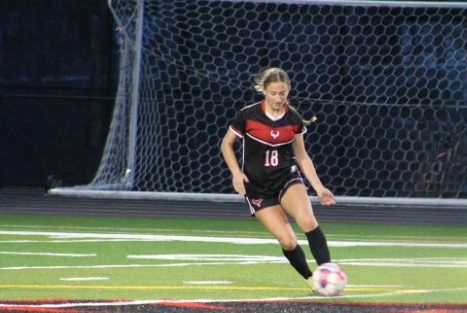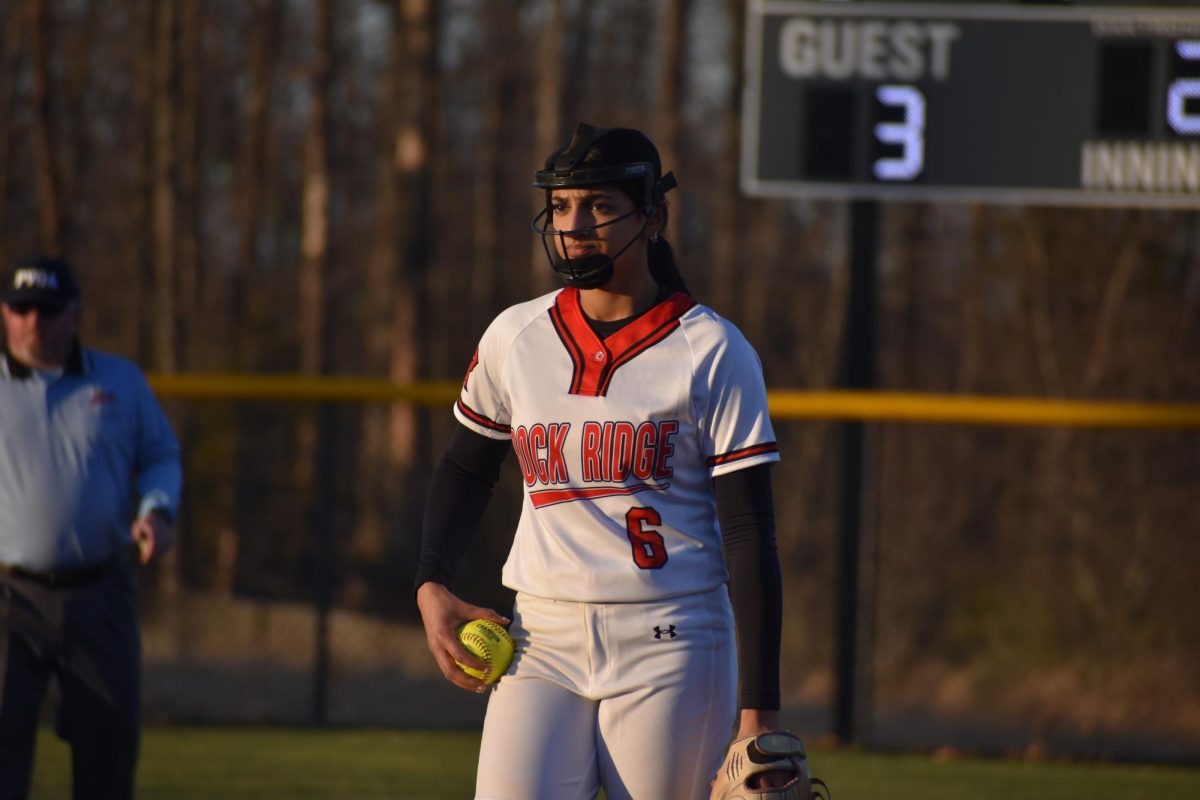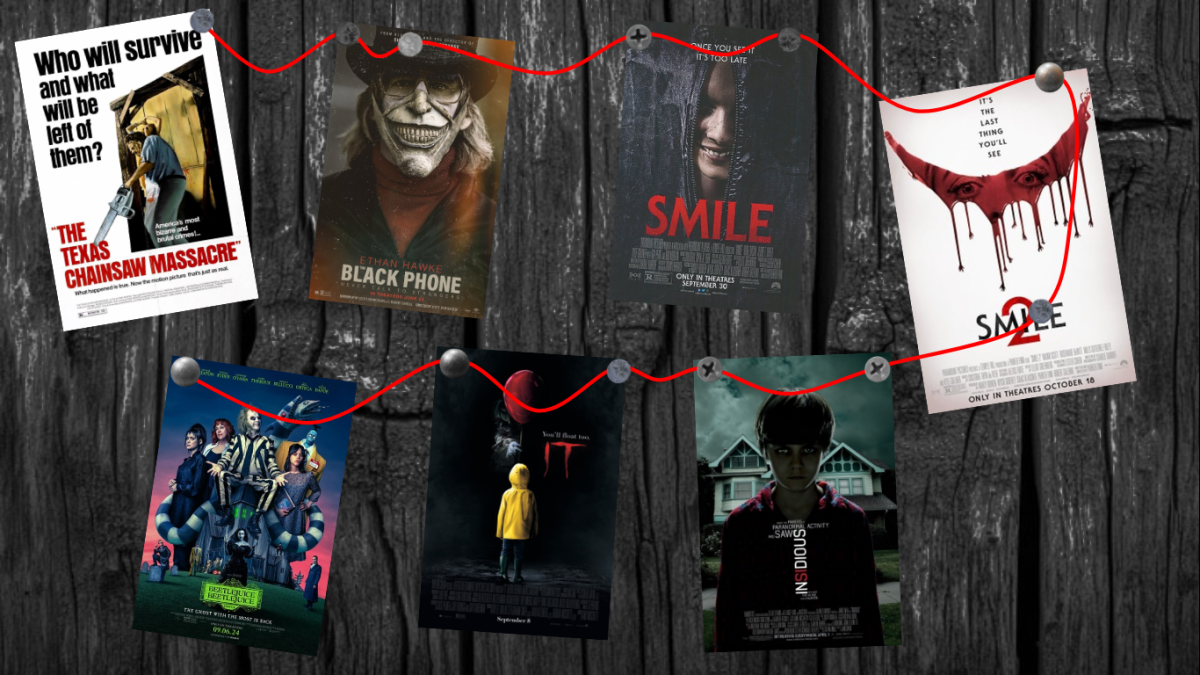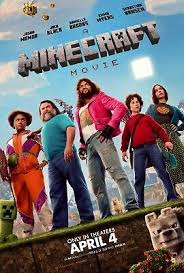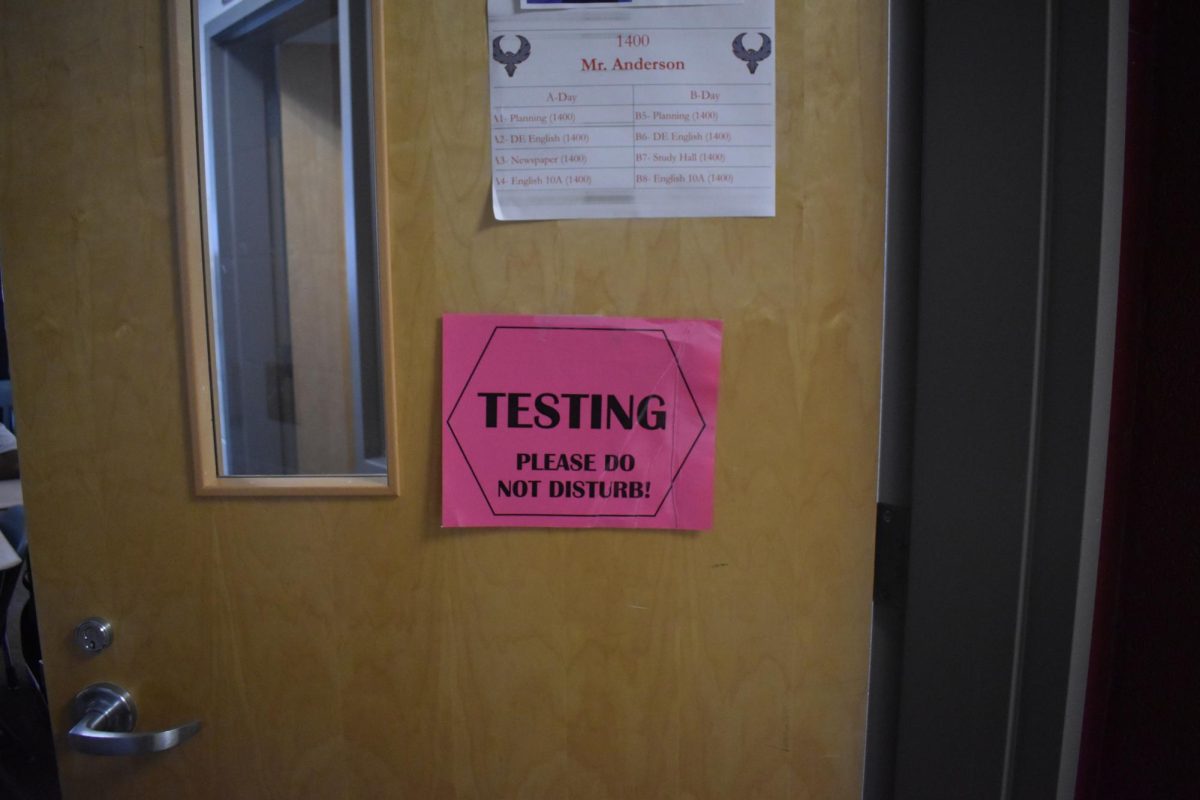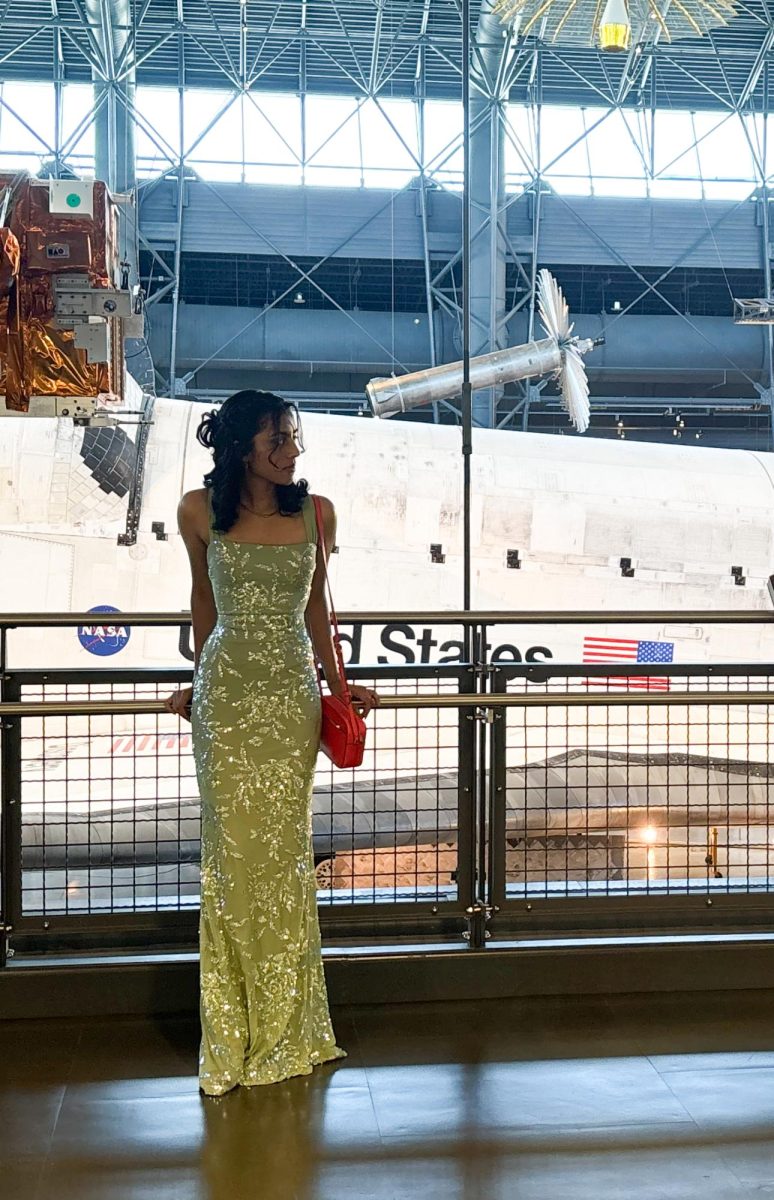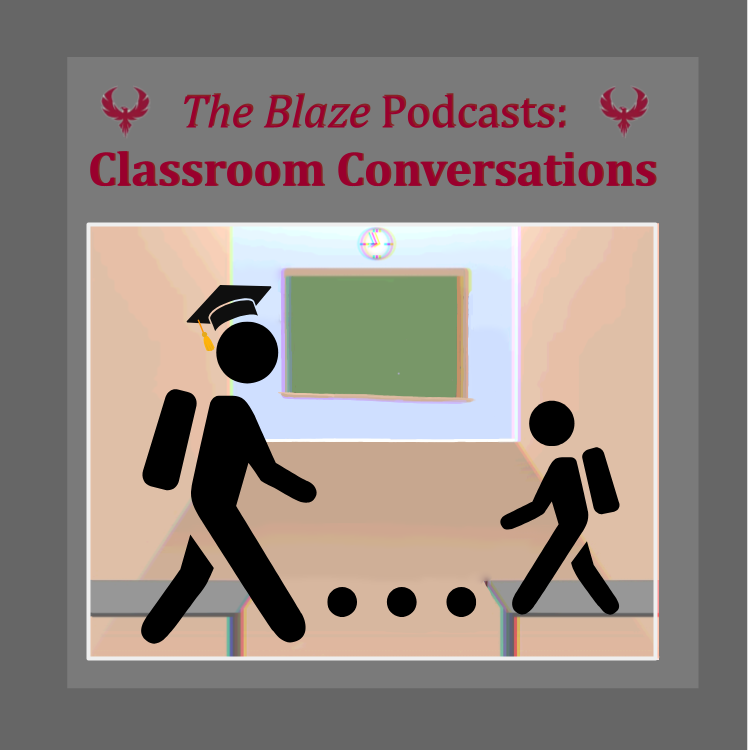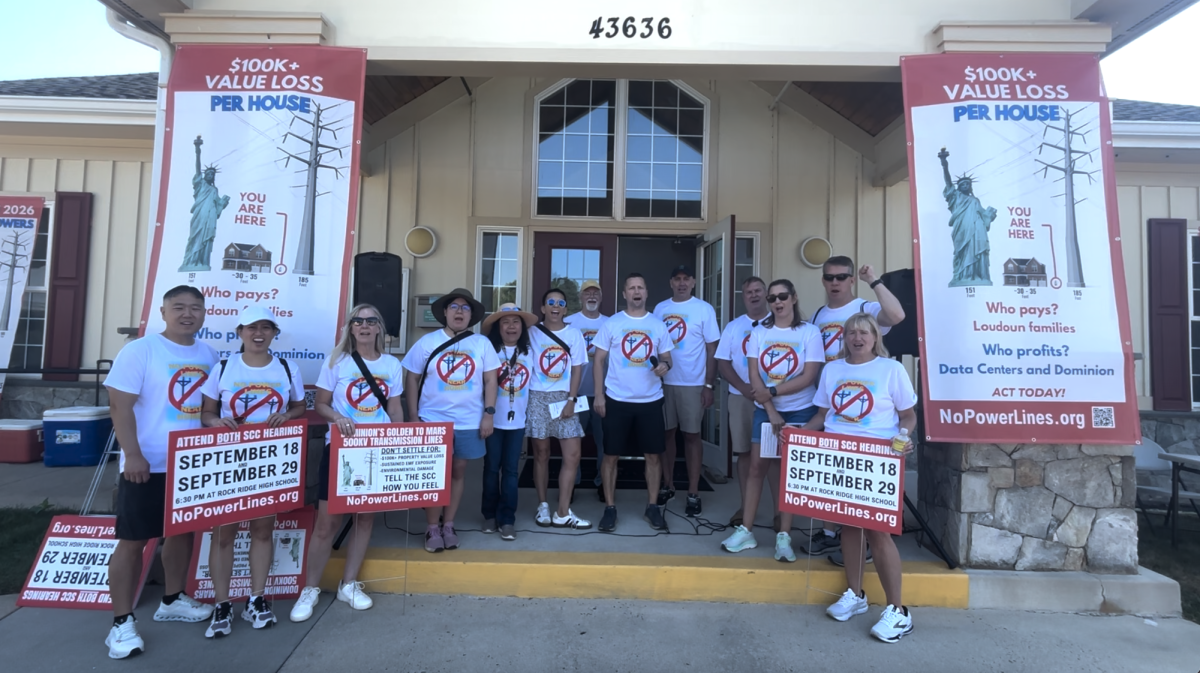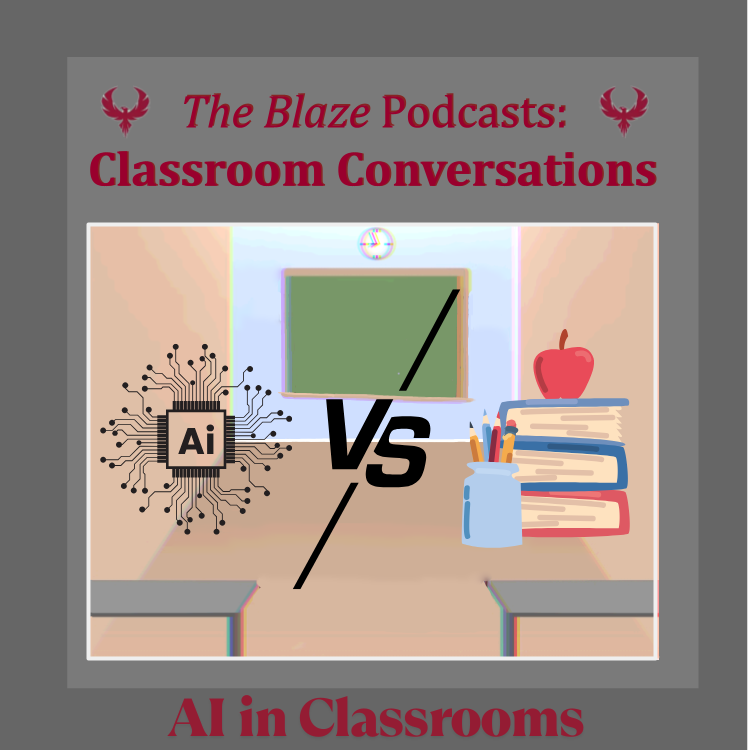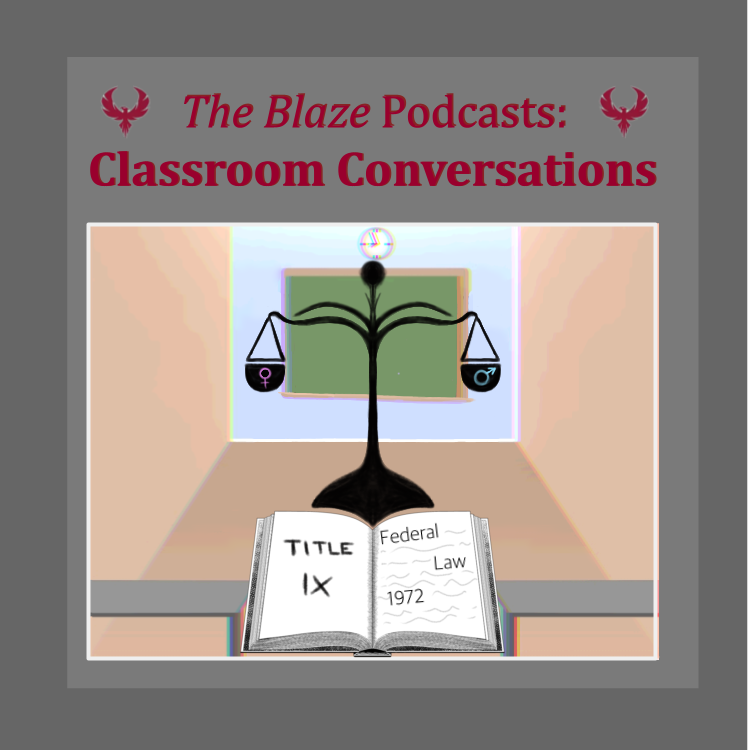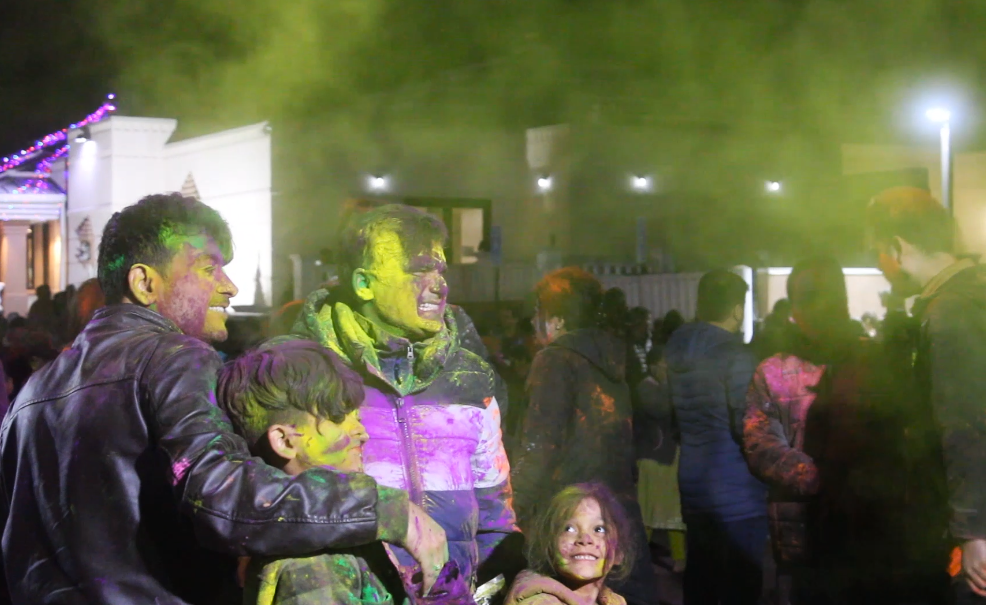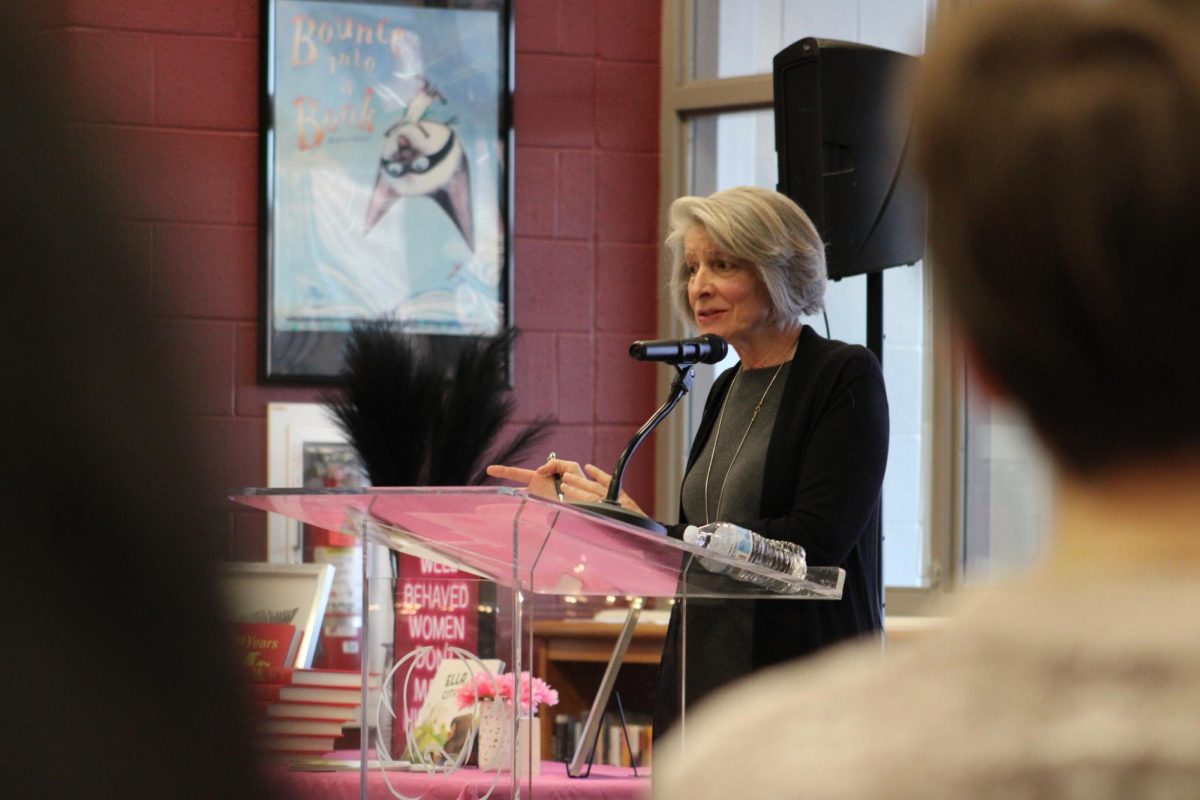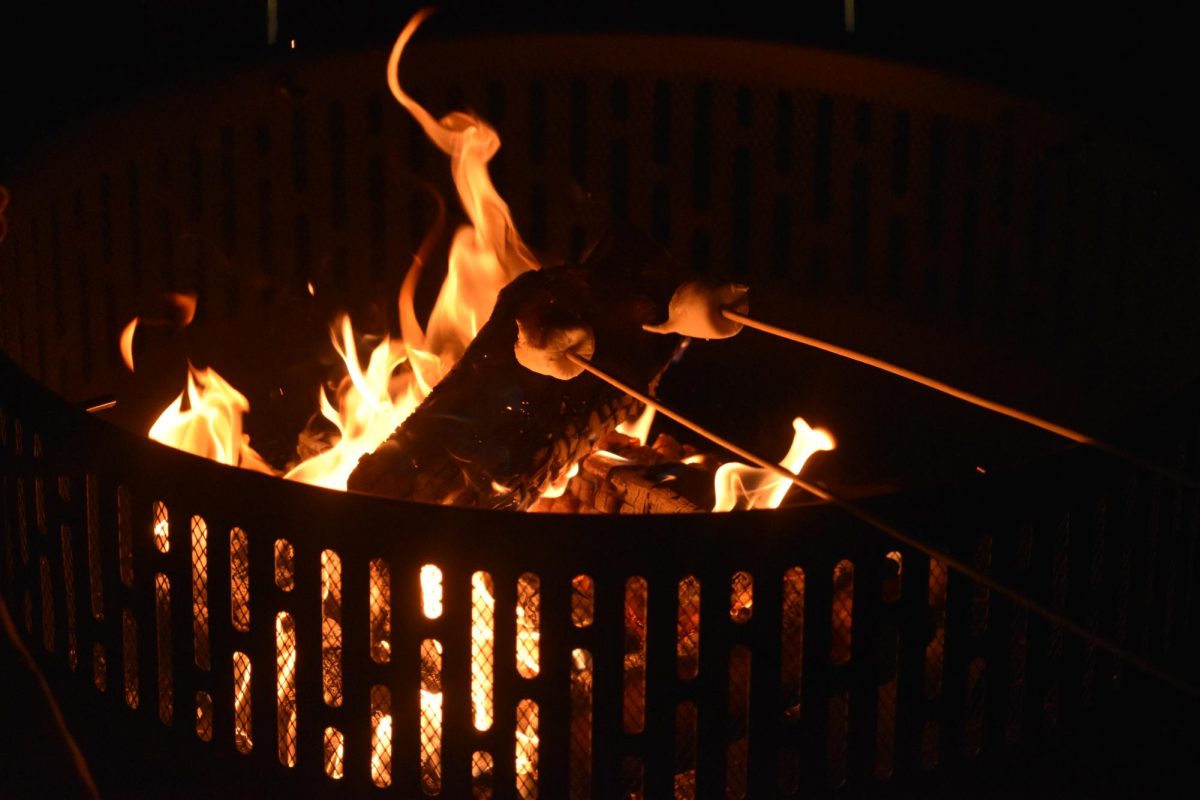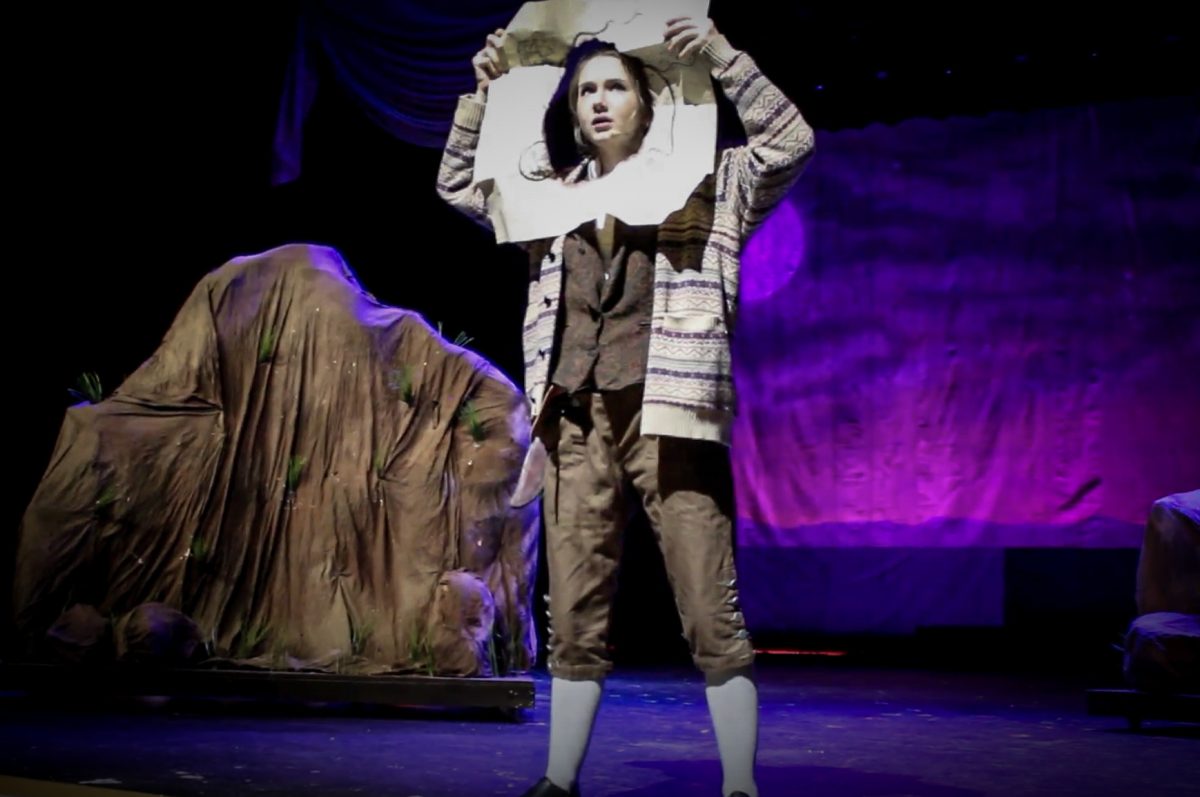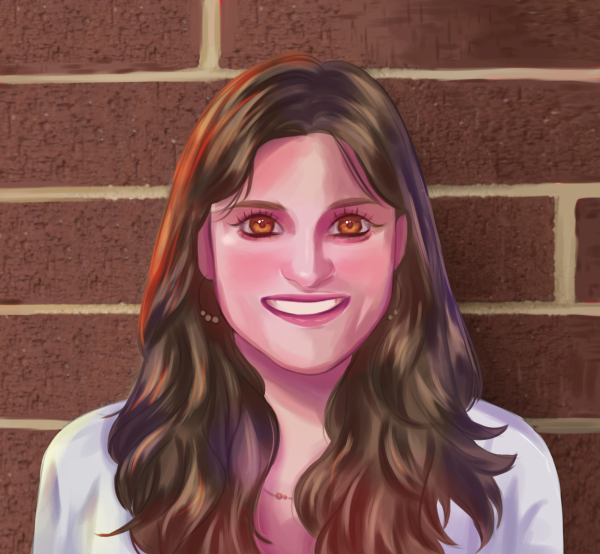On Nov. 9, 10, and 11, Rock Ridge Performing Arts (RRPA) performed their fall play “Treasure Island.” This class act featured their DE Theater Literature class, composed of only upperclassmen. The play, set in Great Britain in the 1700s, is based on the novel by Robert Louis Stevenson, and takes the audience on an adventure from dangerous storms on sea to a suspenseful treasure hunt and gruesome pirate fights.
From front of house to the stage, elaborate decoration set a dark and suspenseful atmosphere, with life-sized boats, treasure chests, and torn-up sails dangling from the ceiling, greeting the audience as they entered. The set also included a stage extension in the form of a ship’s bow rising into the audience and a large two-level set representing the “Hispaniola,” the ship with which the pirates crossed the Atlantic ocean.
Building a set of such extravagance took the tech crew — who met up every Saturday to build — only two months. Junior Bella Hasbun, the scenic designer, incorporated doors and special compartments in the outline of the set. “In the script, there’s a lot of holes and a lot of ‘Oh, a character is here and then ‘poof’ they disappear,’ so that was fun to figure out,” Hasbun said.
However, a well-rounded show doesn’t only depend on set and actors; the special effects, such as the lighting and sound cues, add to the magic that makes the show come to life. The special effects team, which junior Kaylie Rivers was a part of, played around with fire to recreate gunshots used in the show by experimenting with a pyro technique. “It was really just asking our director; we were just like ‘Hey CJ, do you want an actual gunshot here?’ and he was like ‘Yeah, sure,’ so we got to play around with fire every Saturday, until we perfected [the pyro technique],” Rivers said.
Unlike RRPA’s spring and winter shows, “Treasure Island” was not a musical, and was solely based on acting, making the directors specifically focus on the building of a strong ensemble. To achieve this, RRPA alumni and assistant directors Ann Devine and Andrew Otchere guided the actors through one-on-one training, helping them explore and build strong characters.
Finally seeing actors and tech crew come together to perform in front of an audience after months of work felt rewarding for Rivers. “You get to feed off [the audience reactions] while on stage,” Rivers said. “This is why we do it. We don’t do it for ourselves, we do it for the people that come and see.”

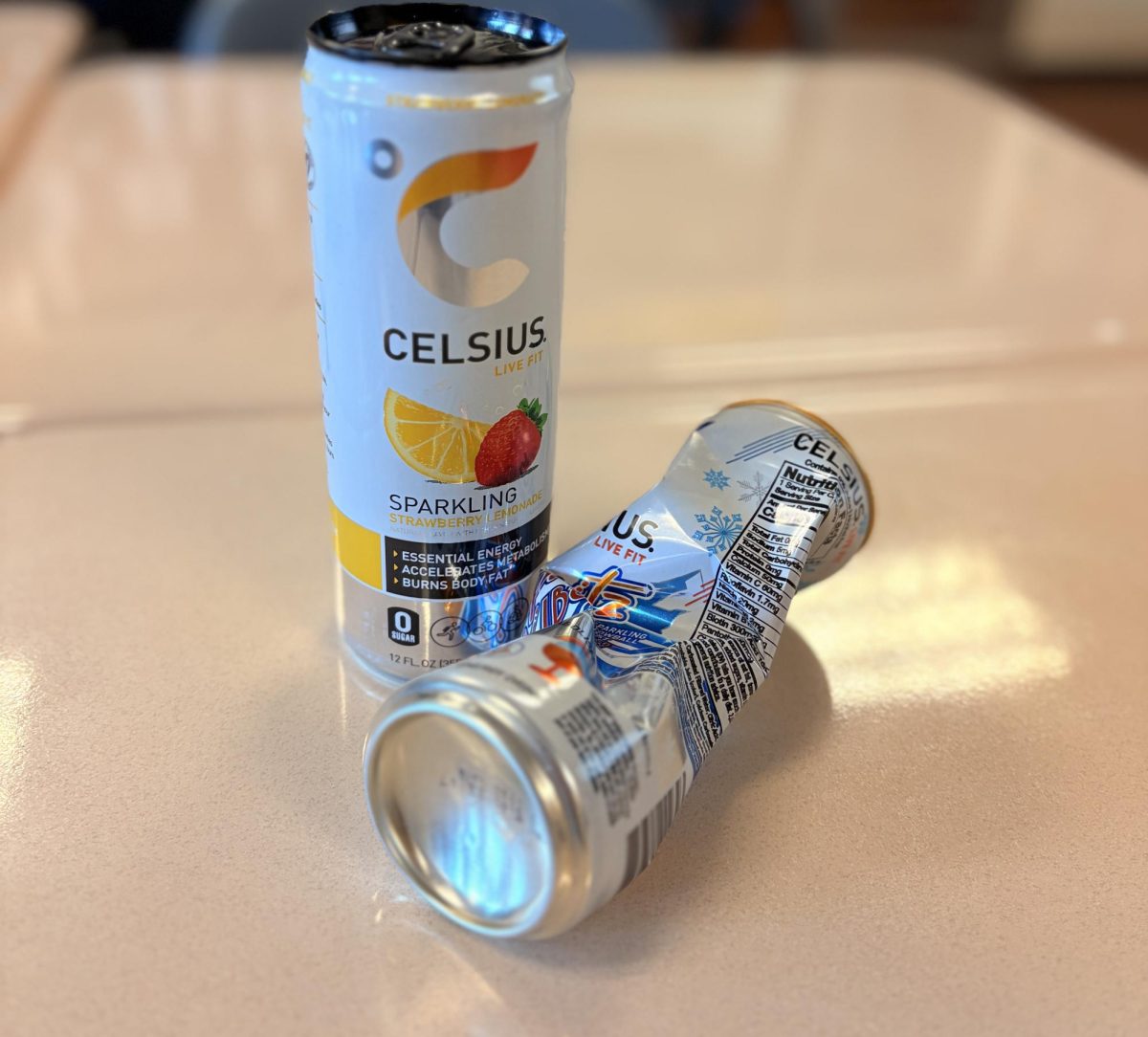
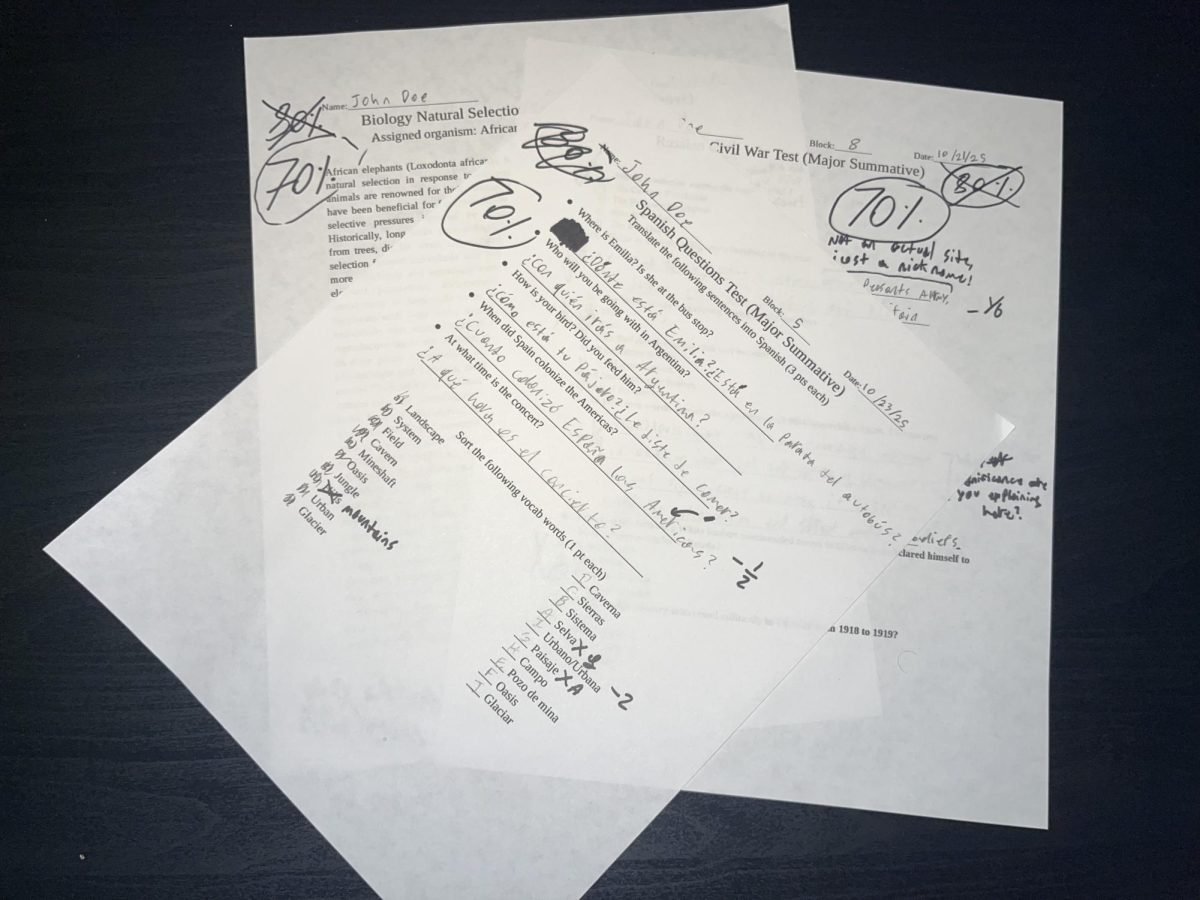
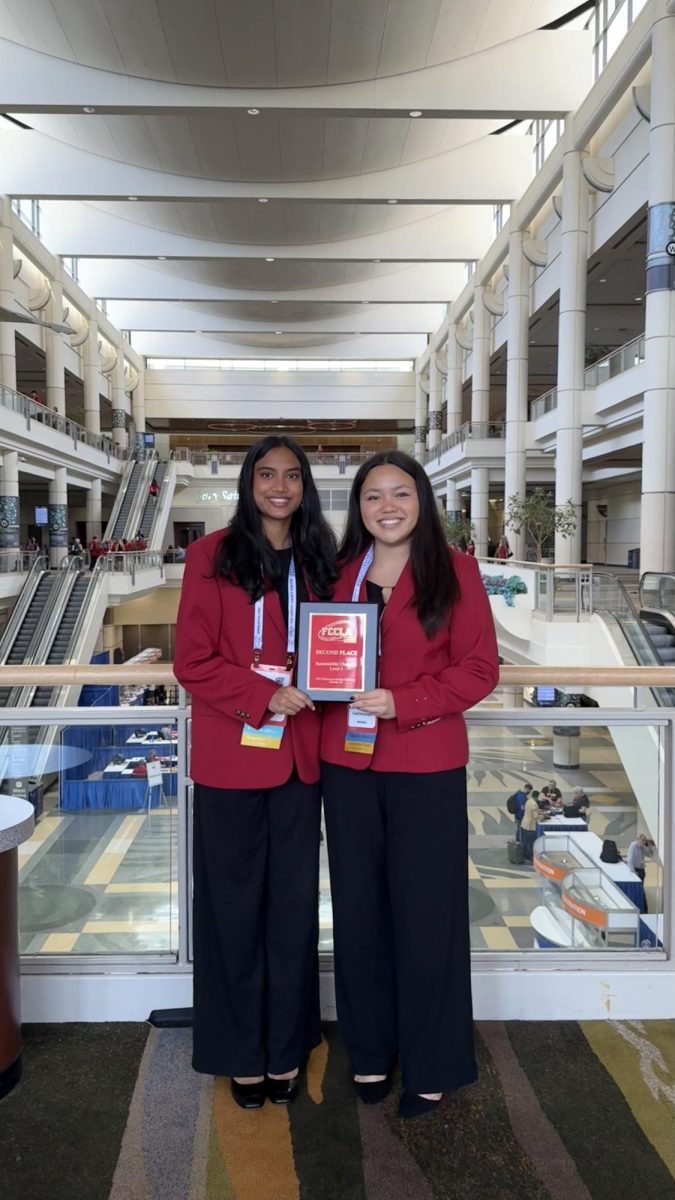
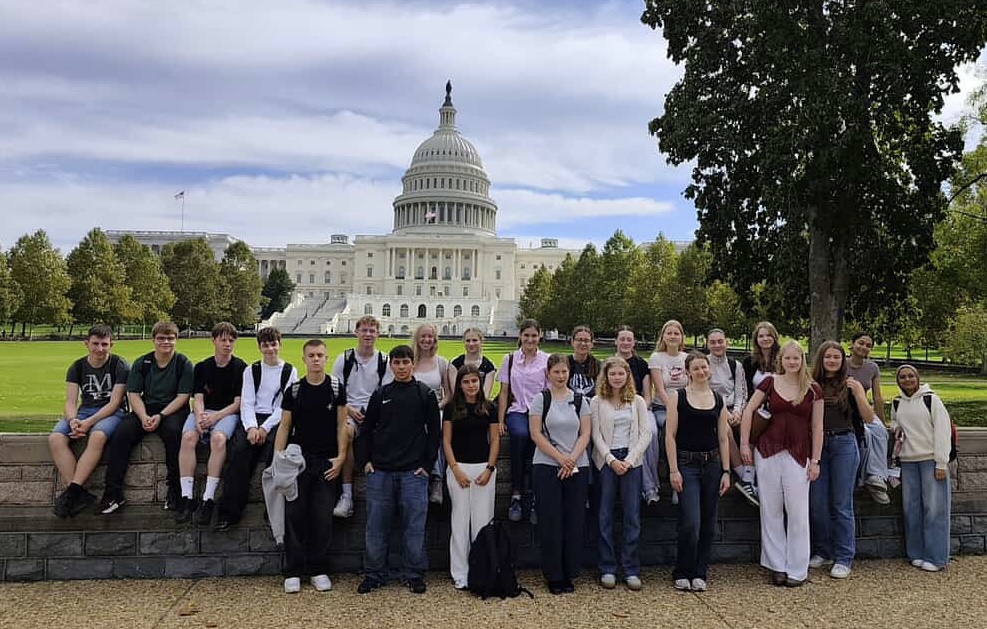
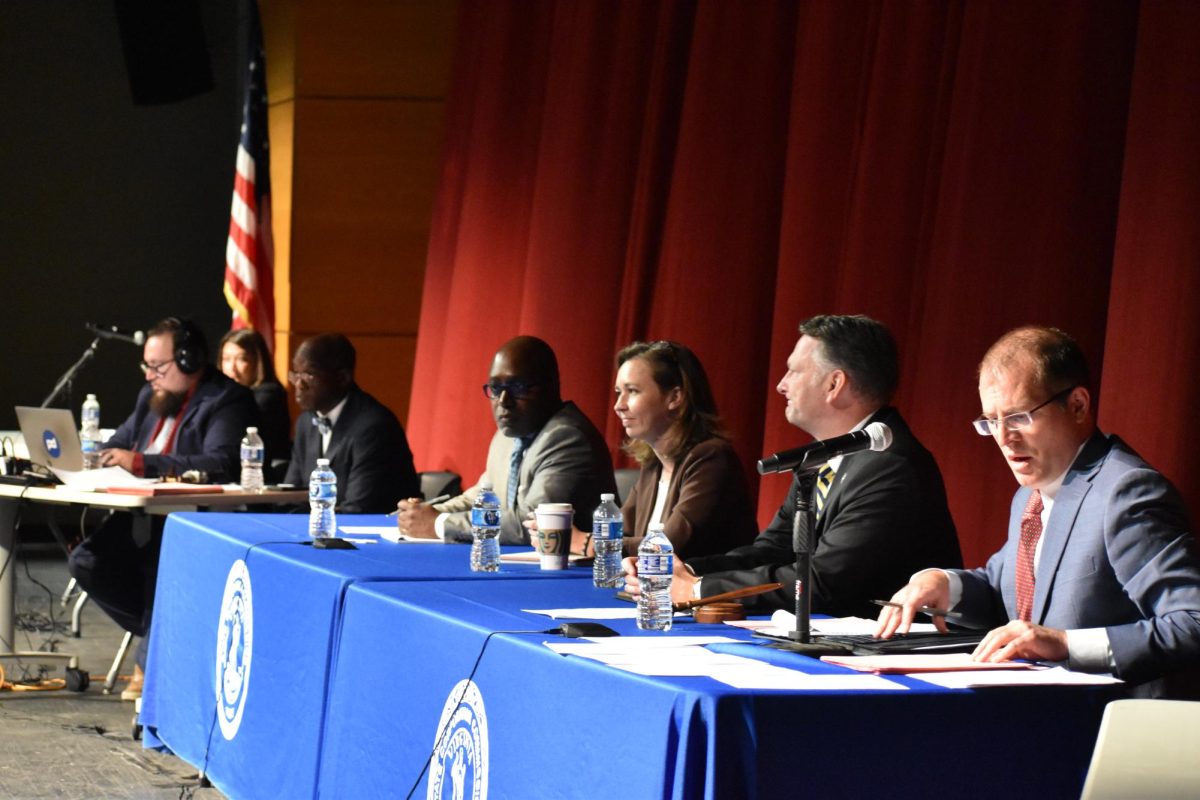
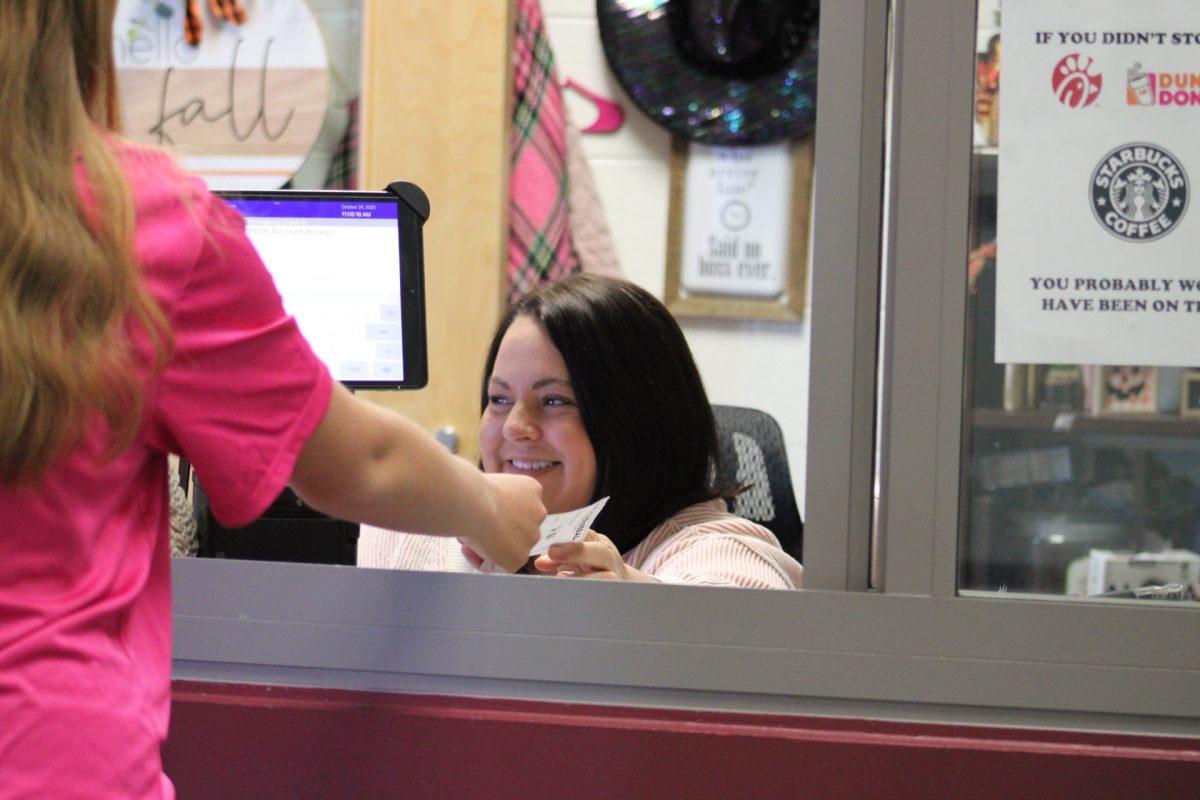
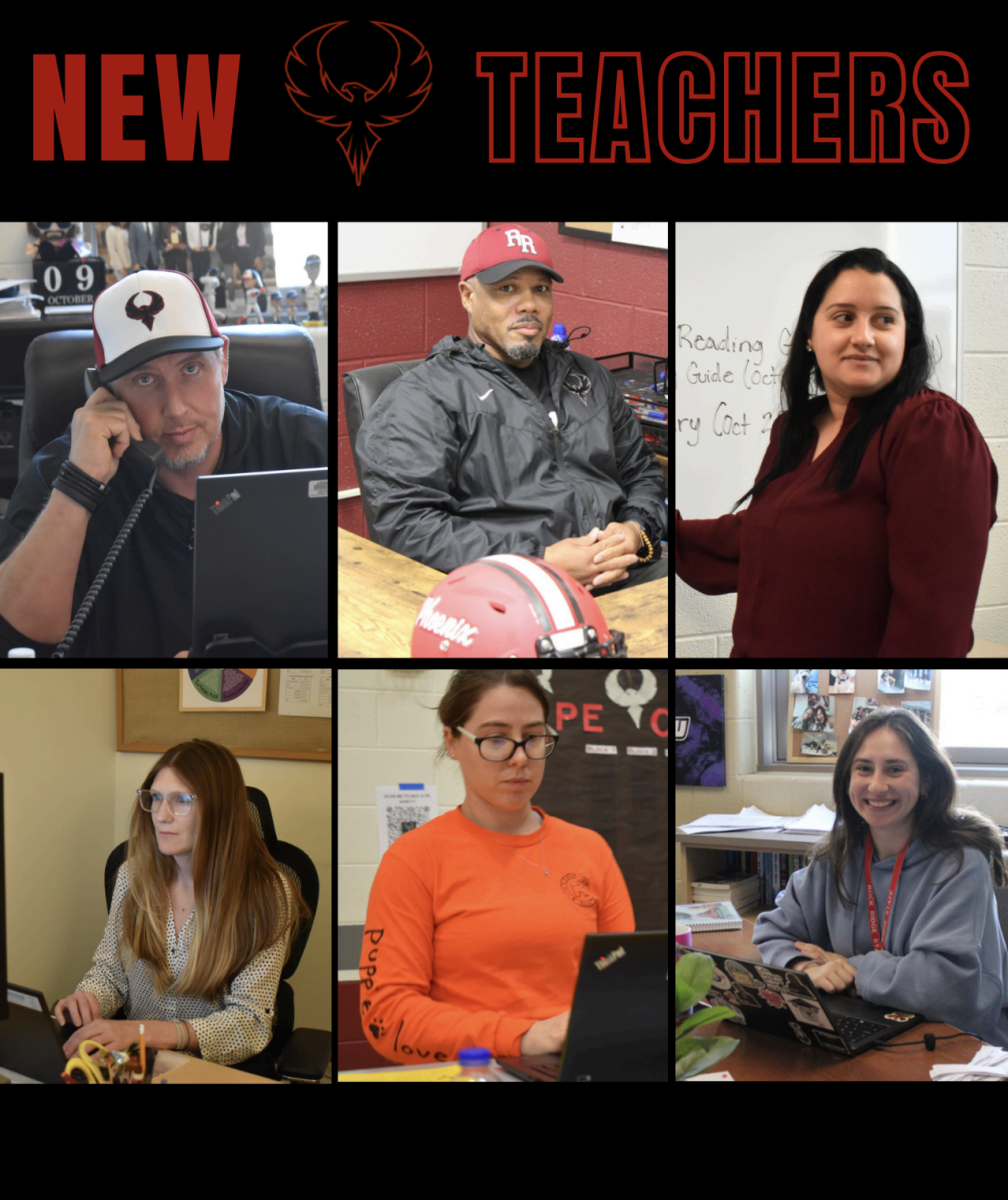
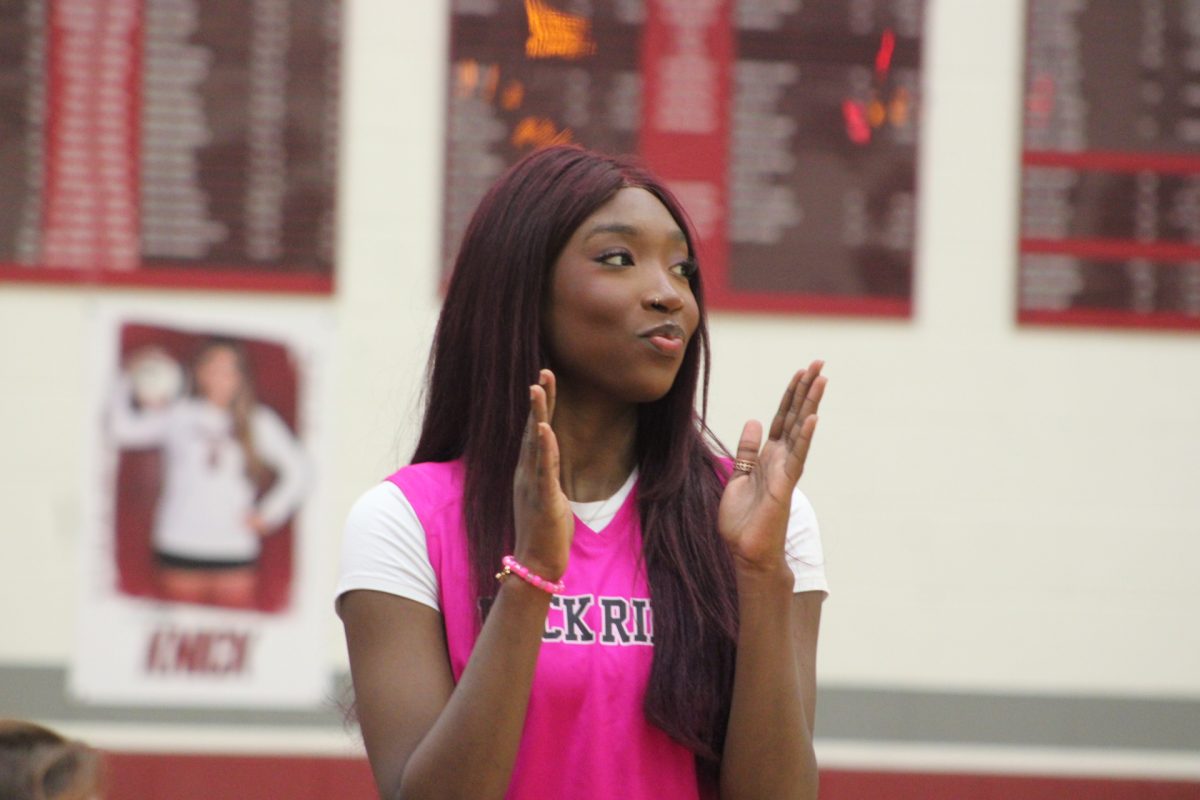
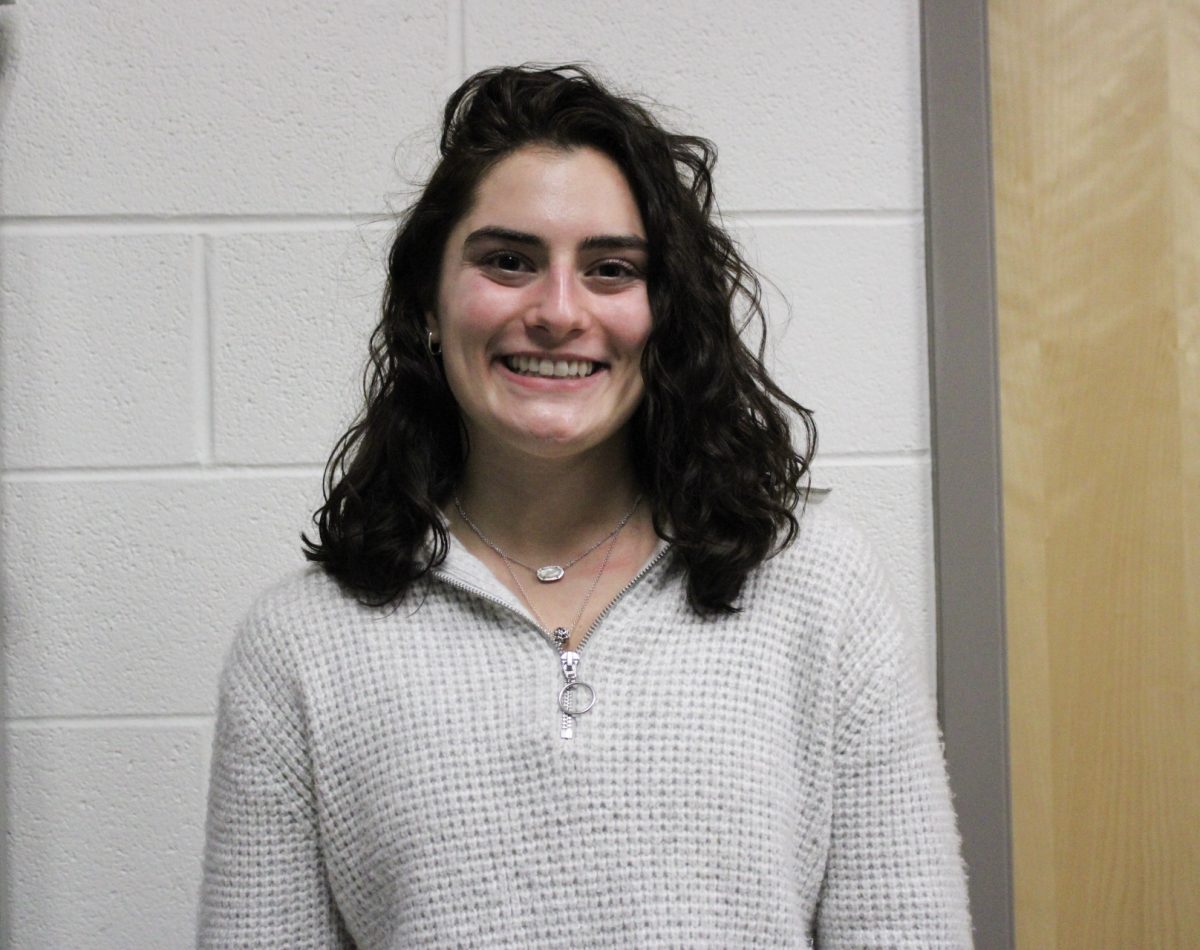

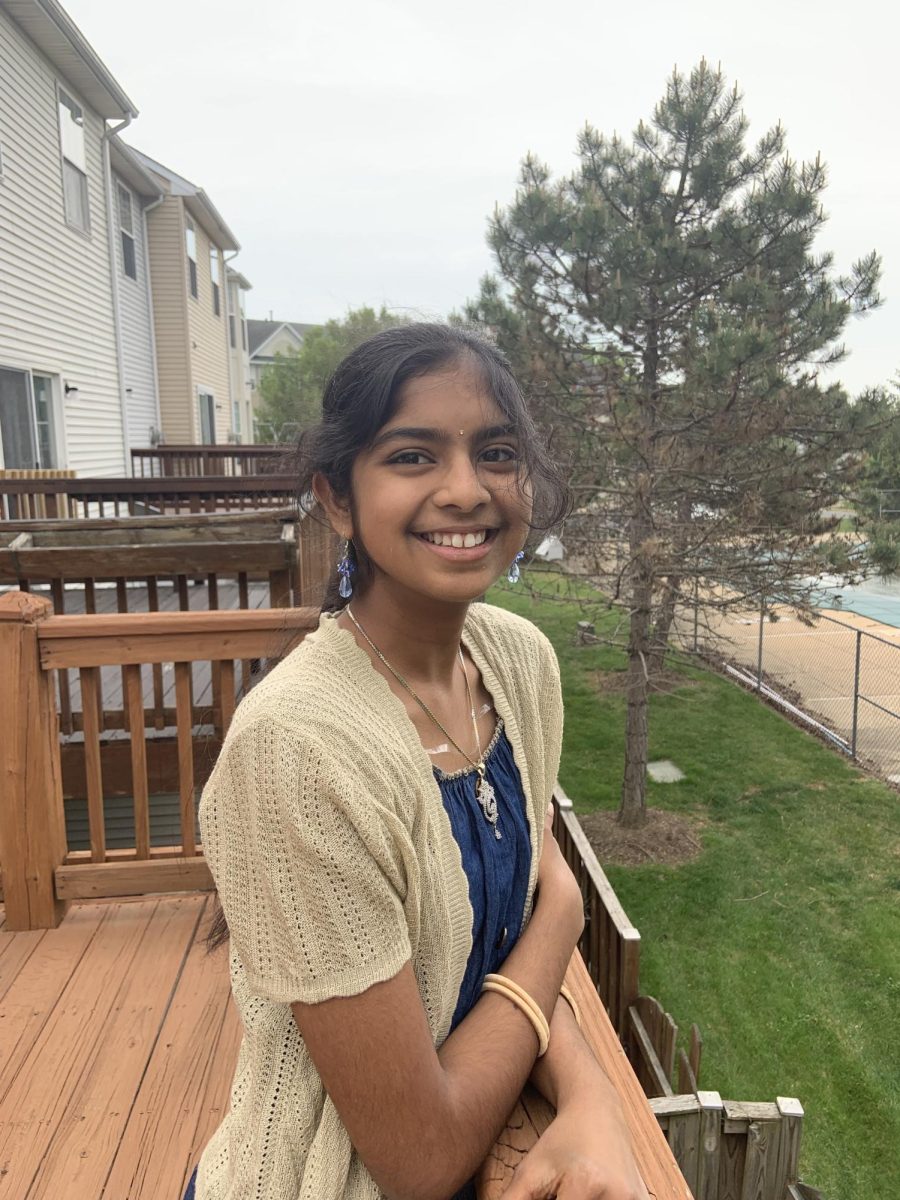
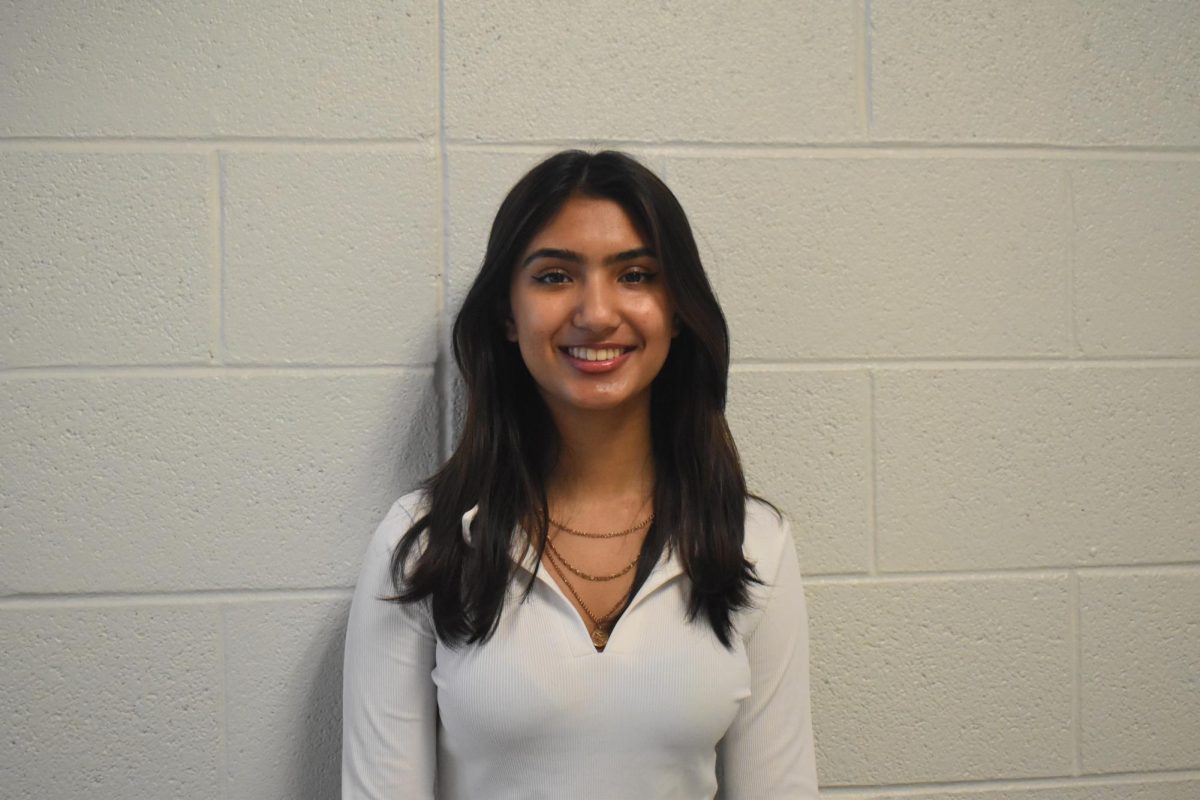
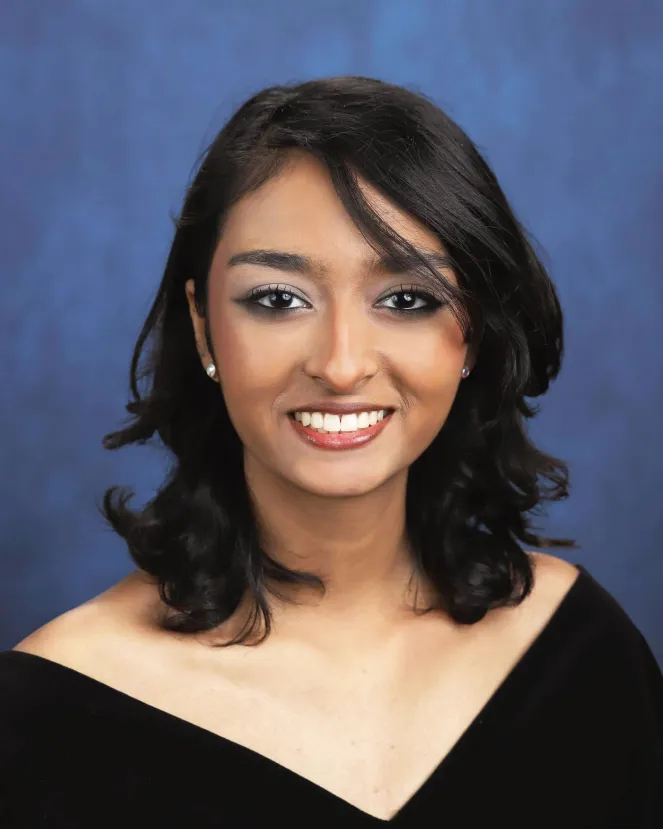
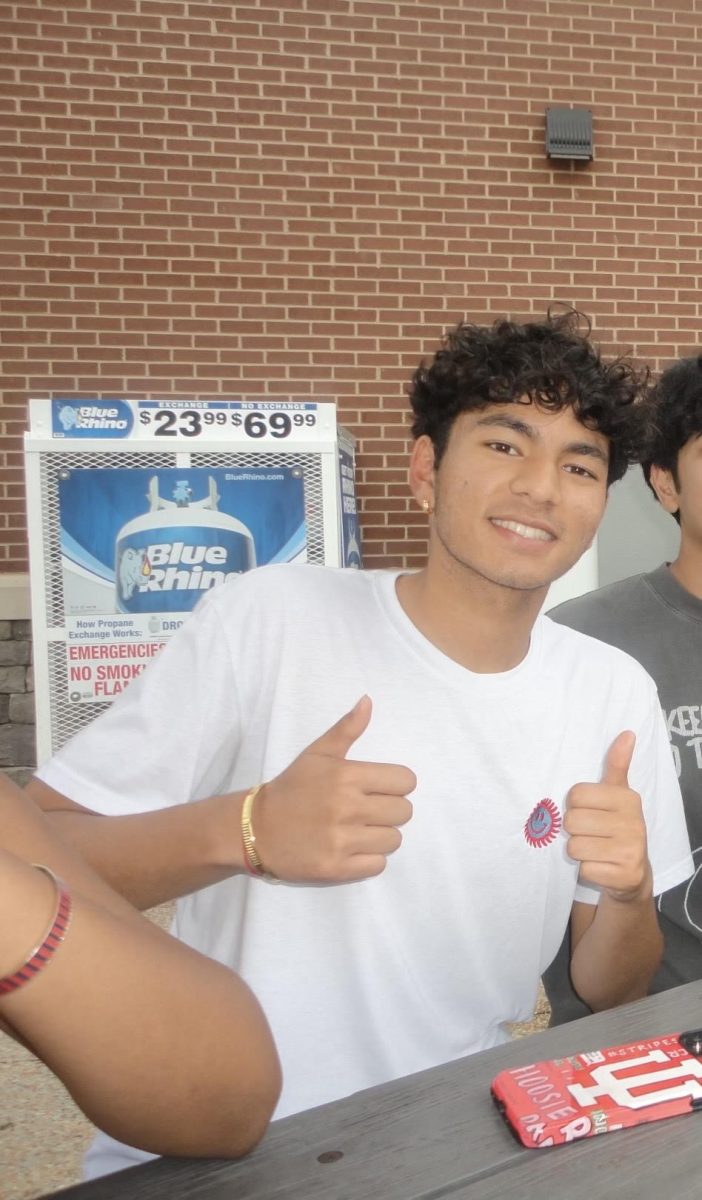
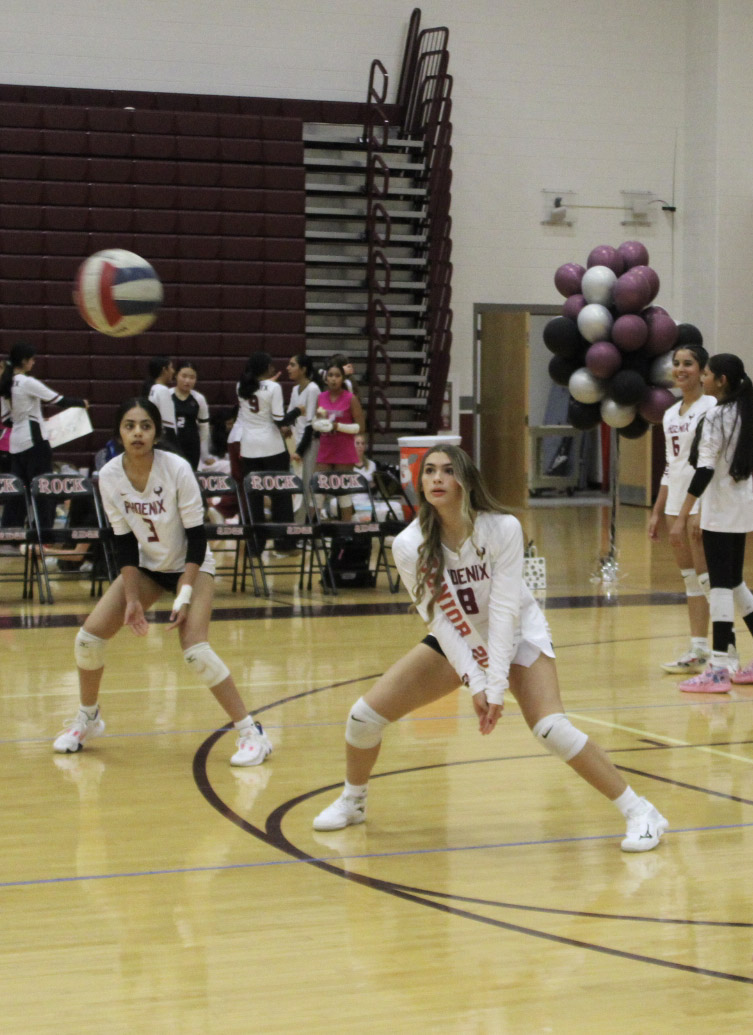
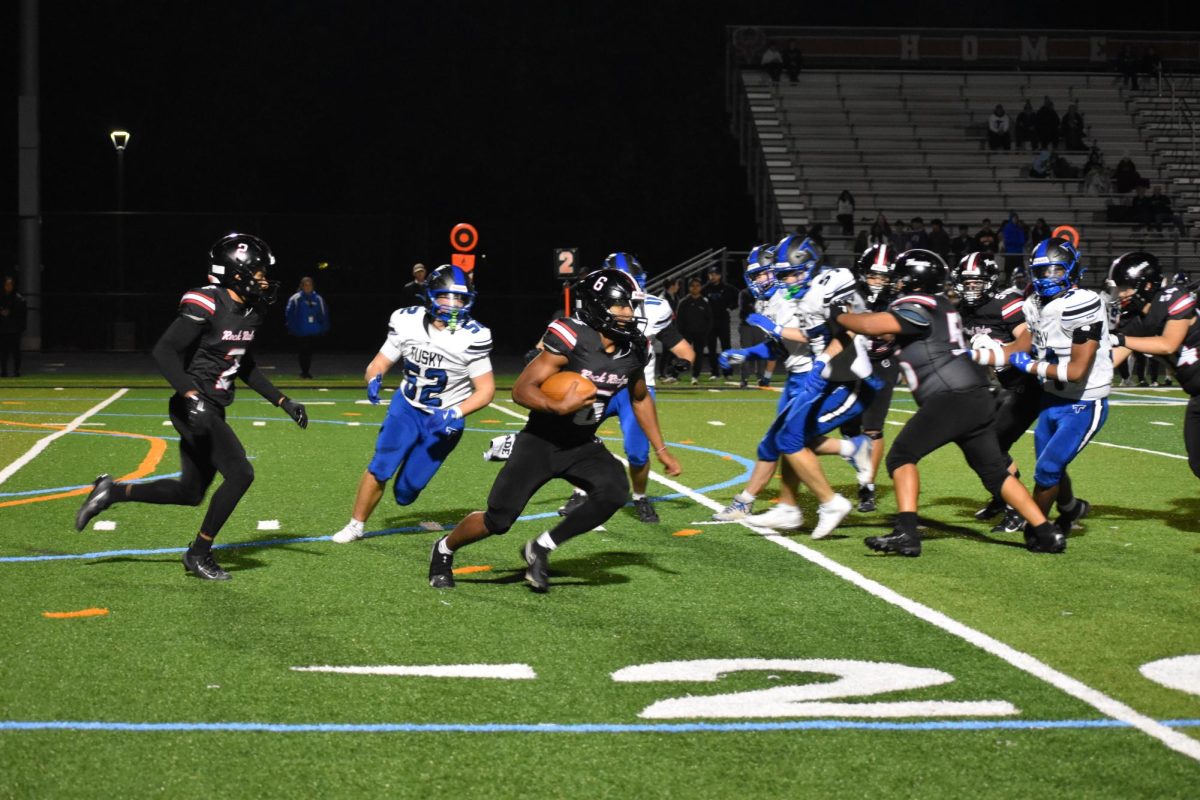
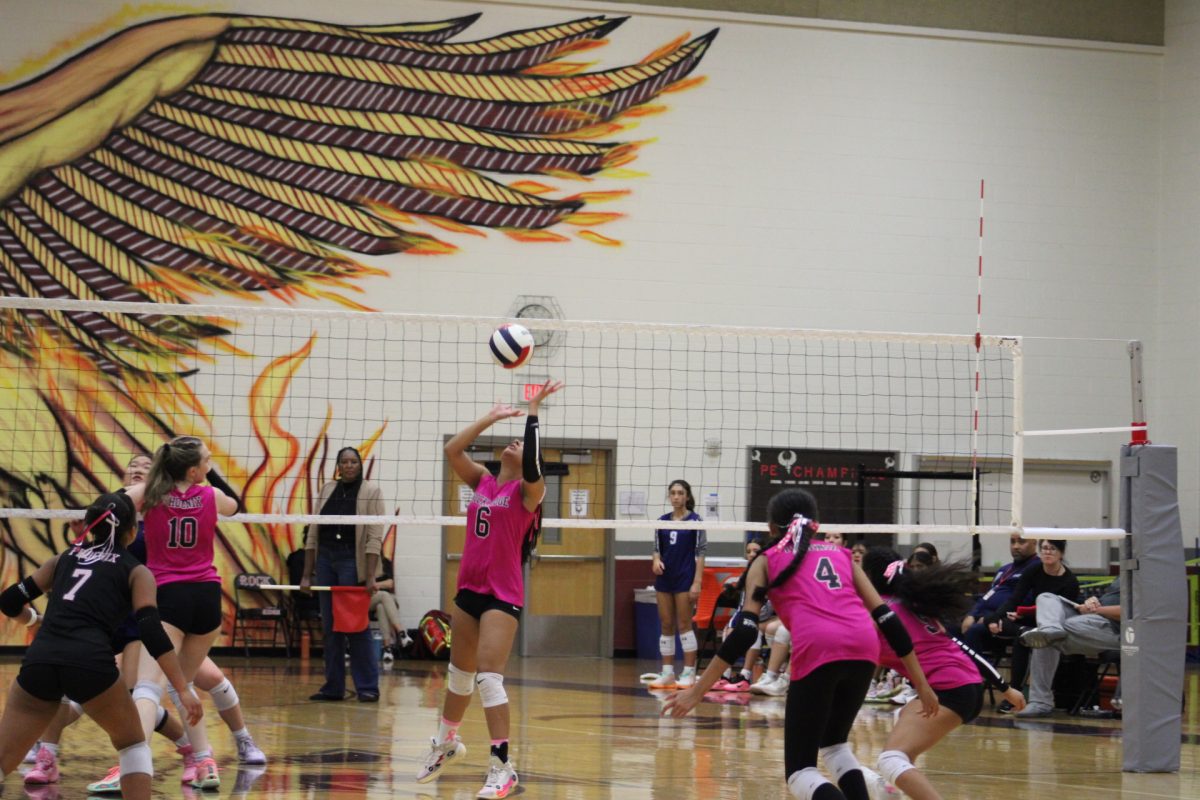
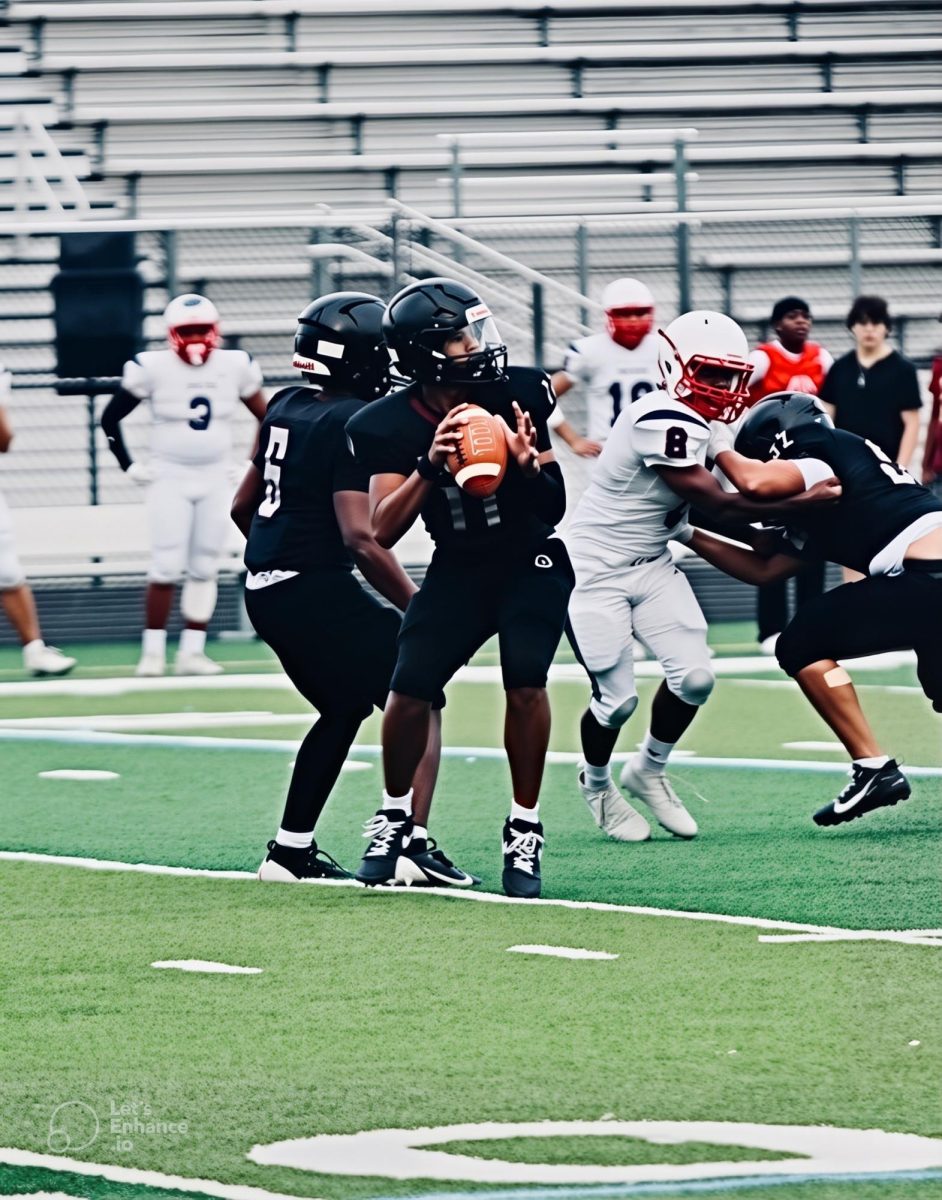


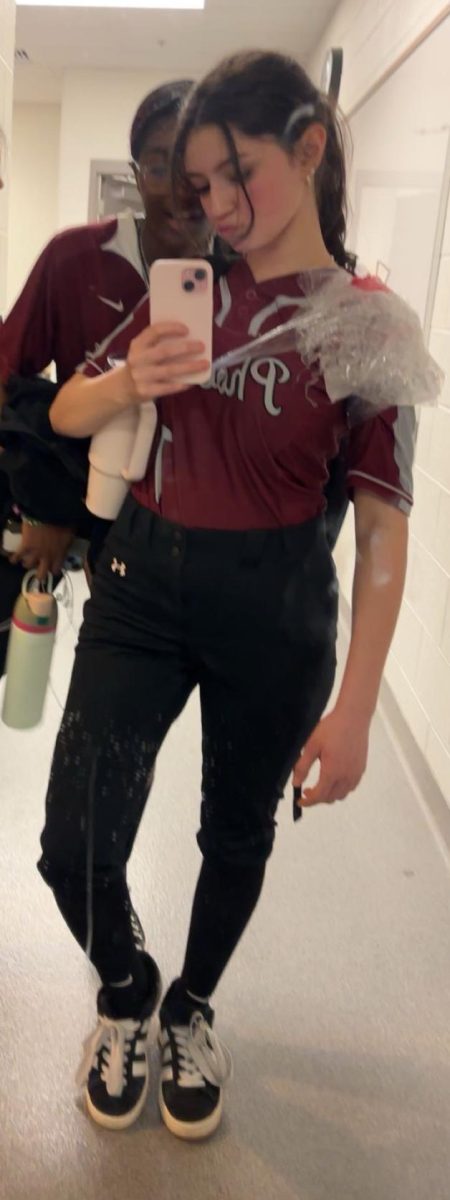
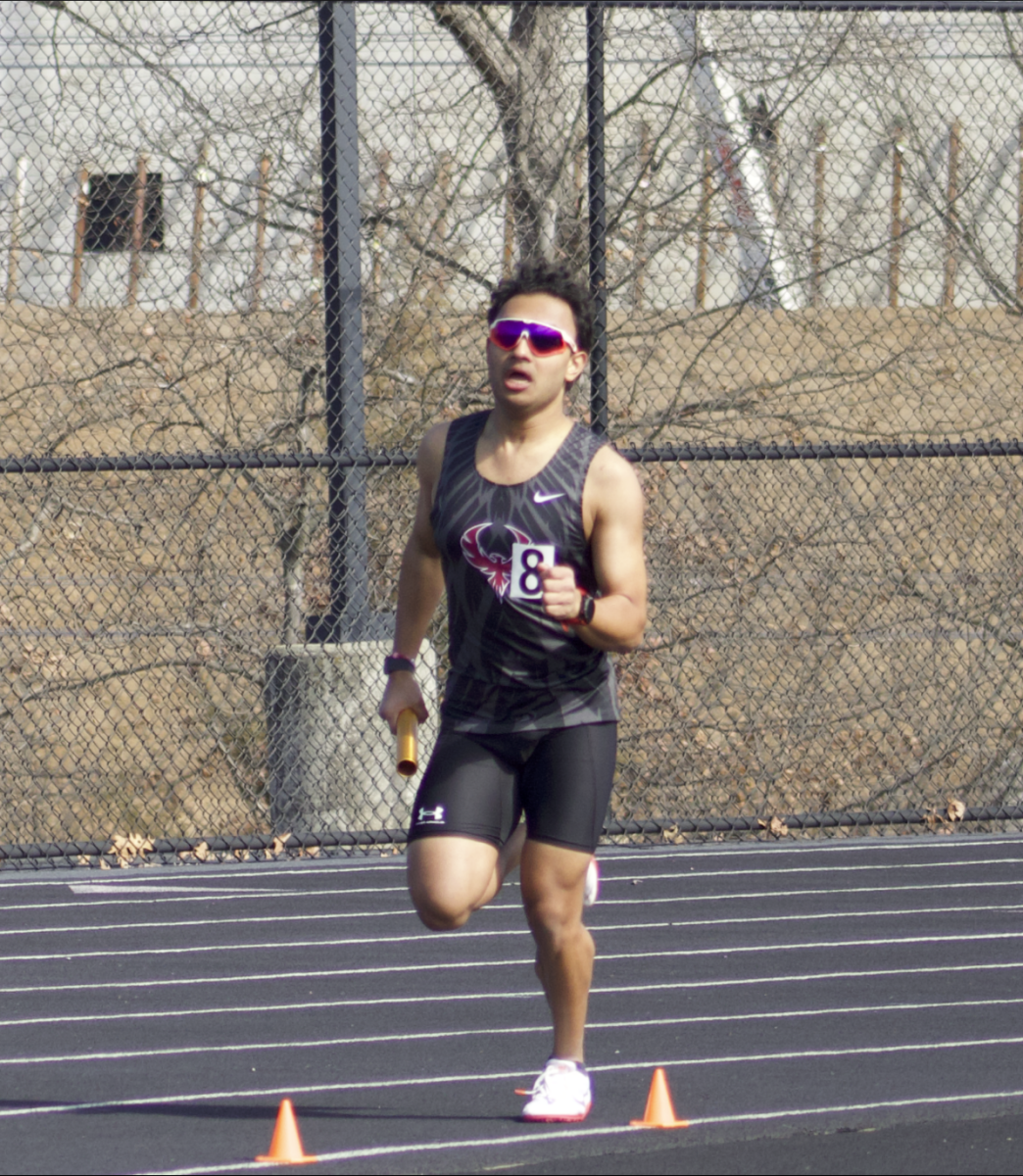
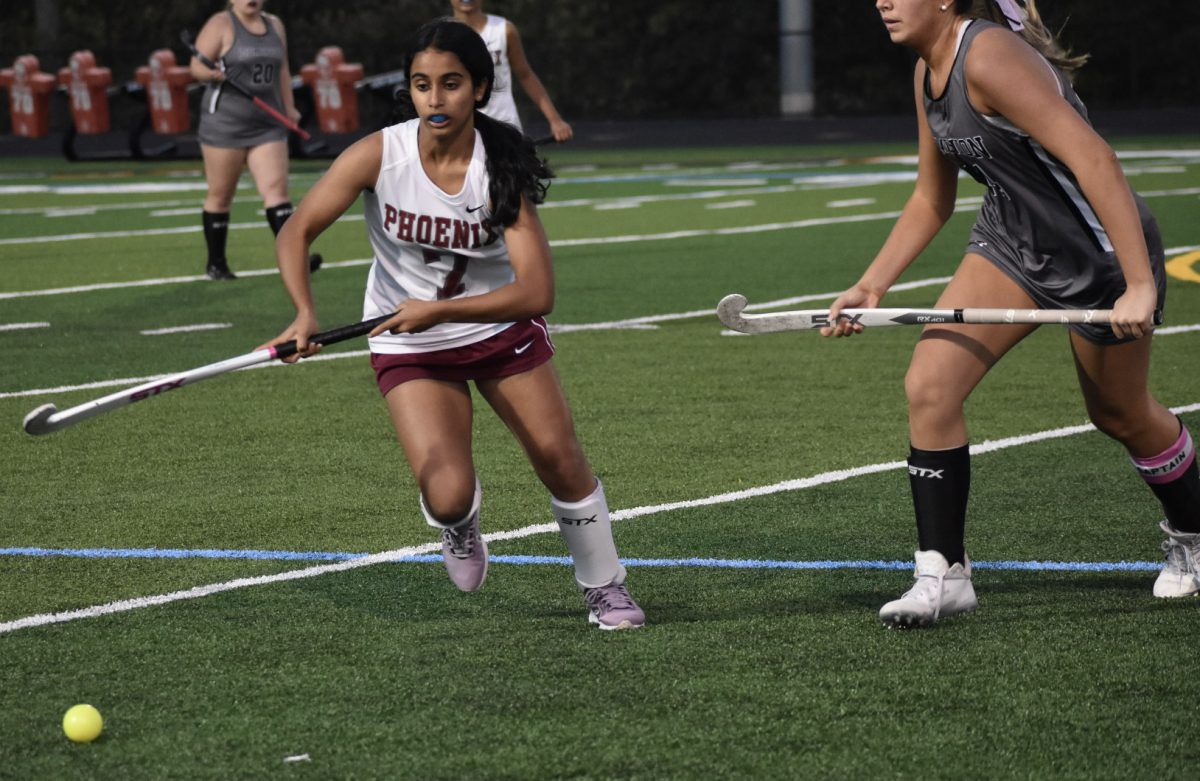
![The Phoenix varsity volleyball team lines up for the national anthem. “We were more communicative [with each other] during this game, and I feel like we kept our energy up, especially after the first set,” senior Jessica Valdov said.](https://theblazerrhs.com/wp-content/uploads/2024/10/DSC_0202-1200x800.jpg)
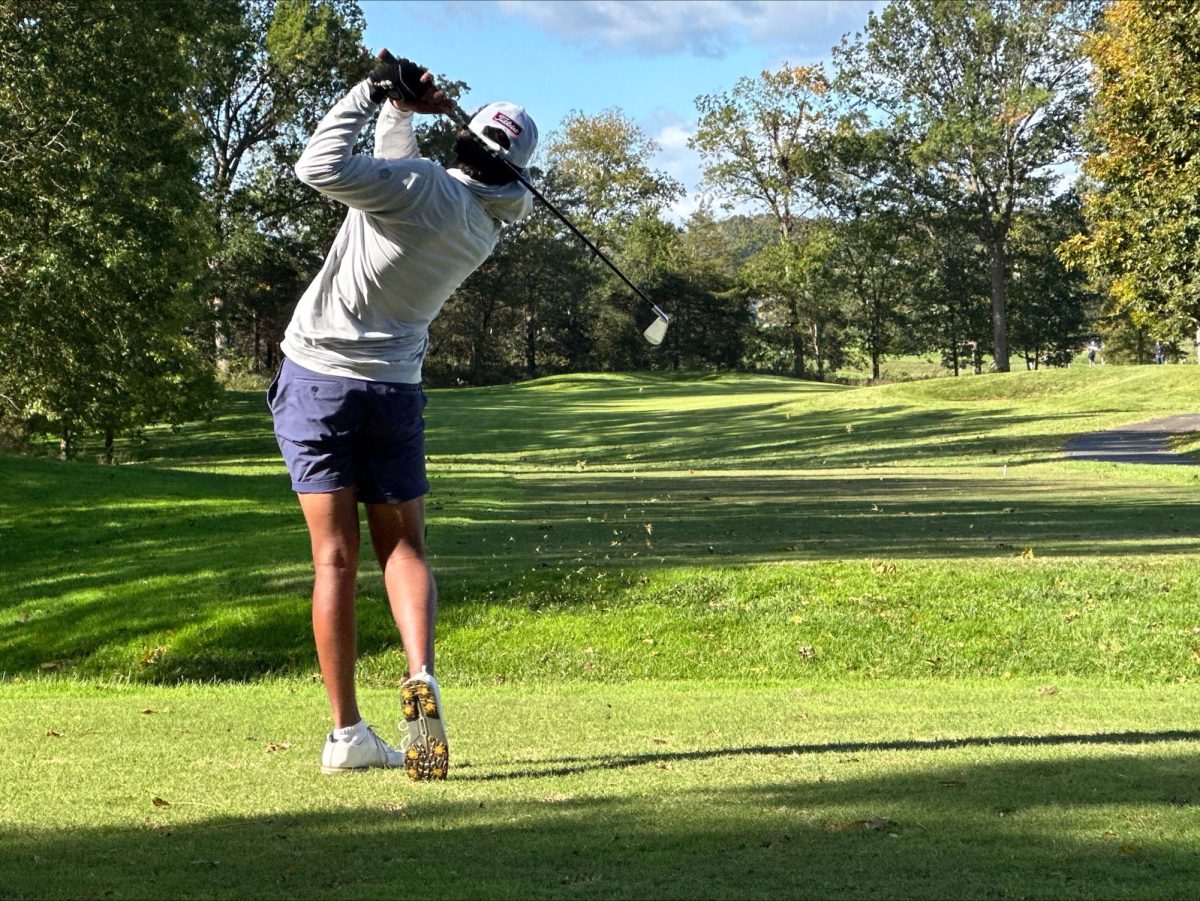
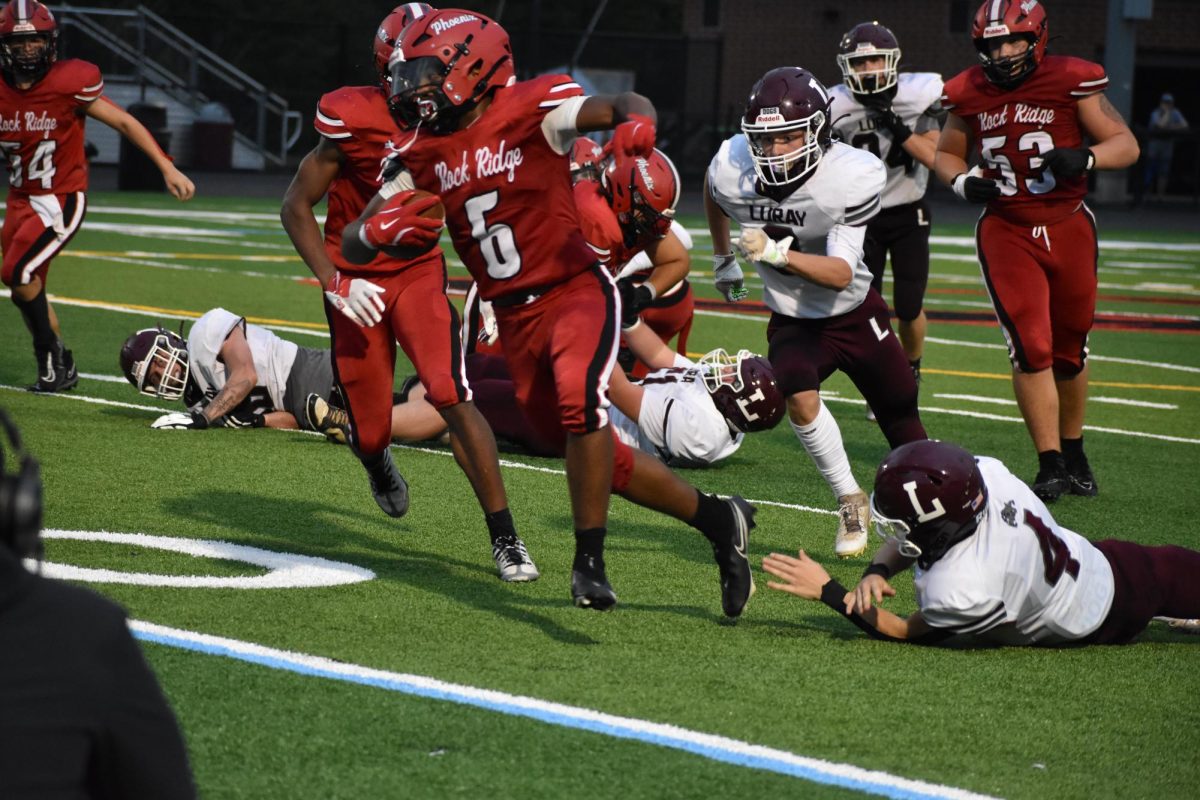
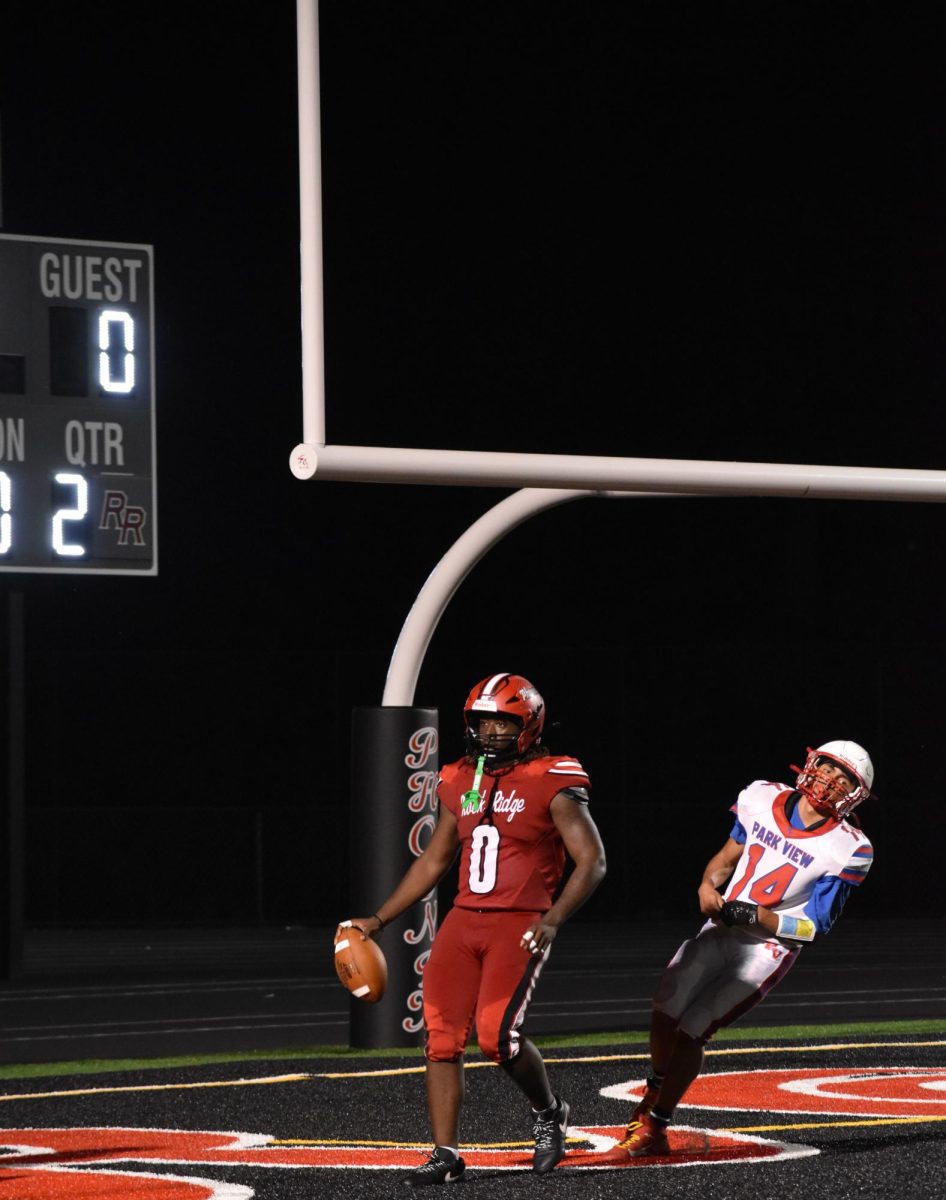
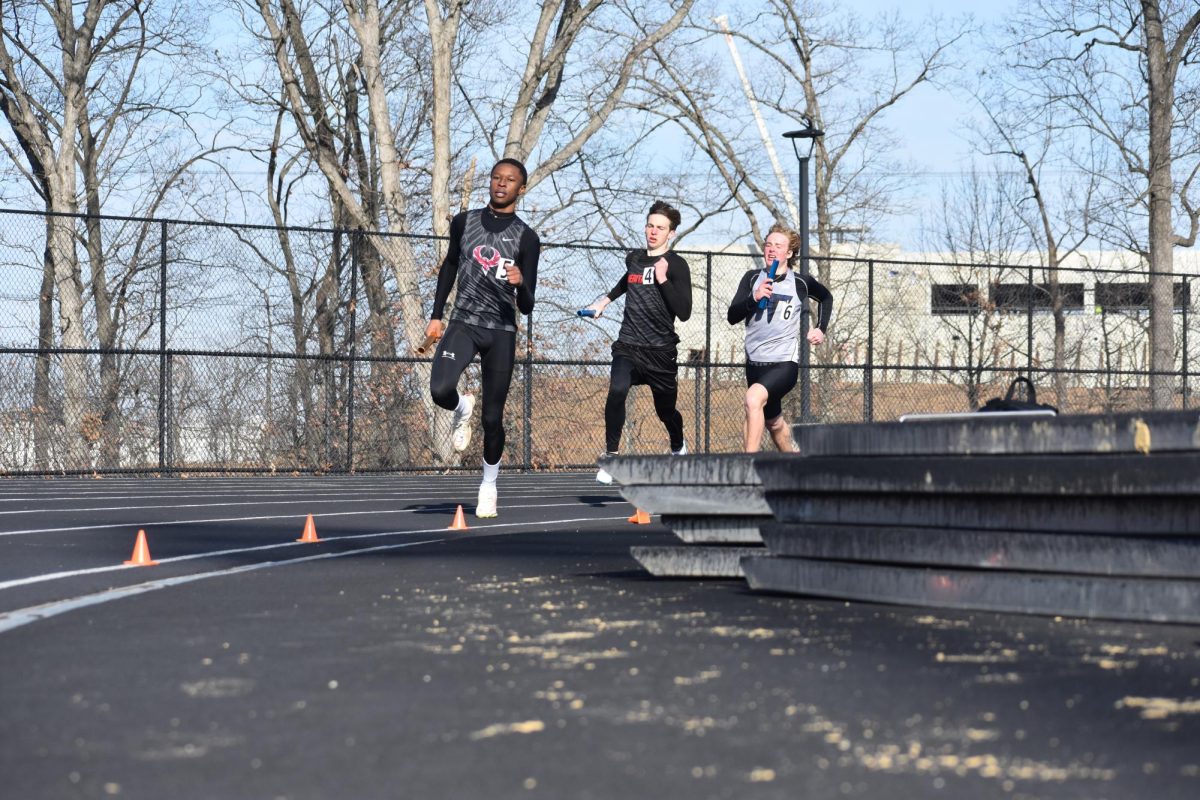
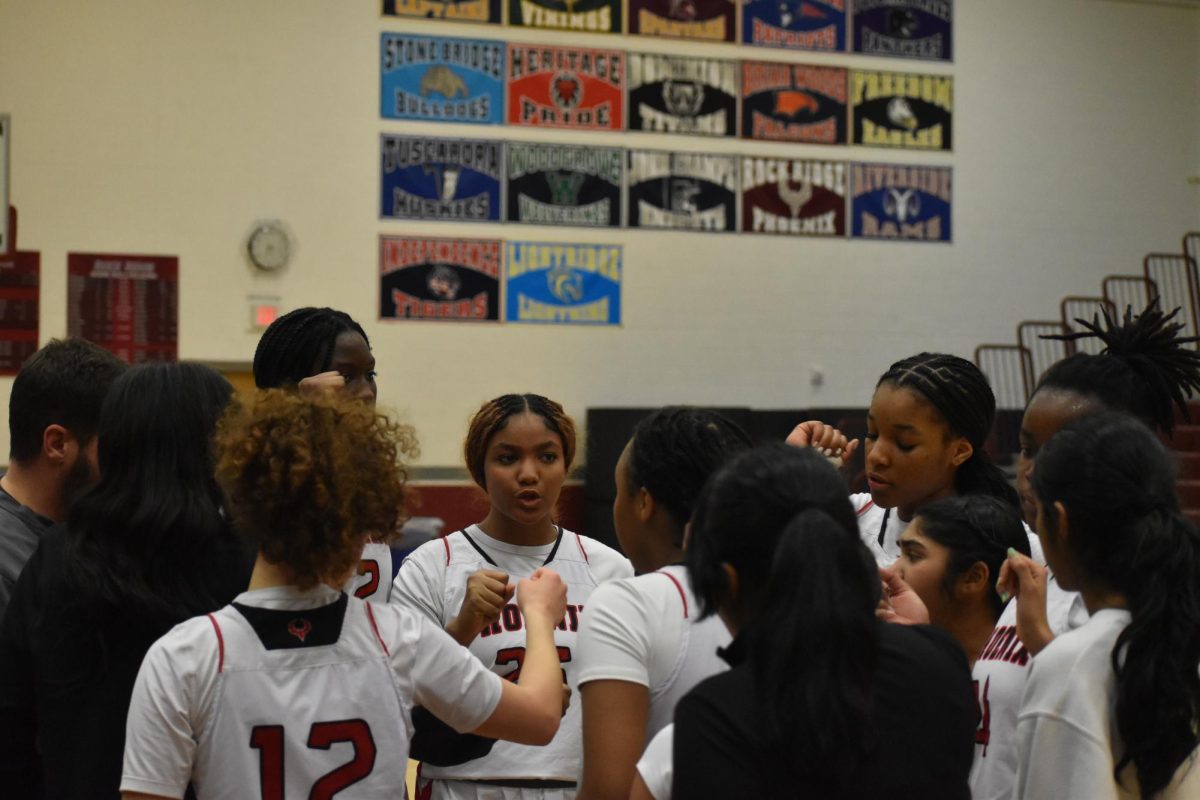
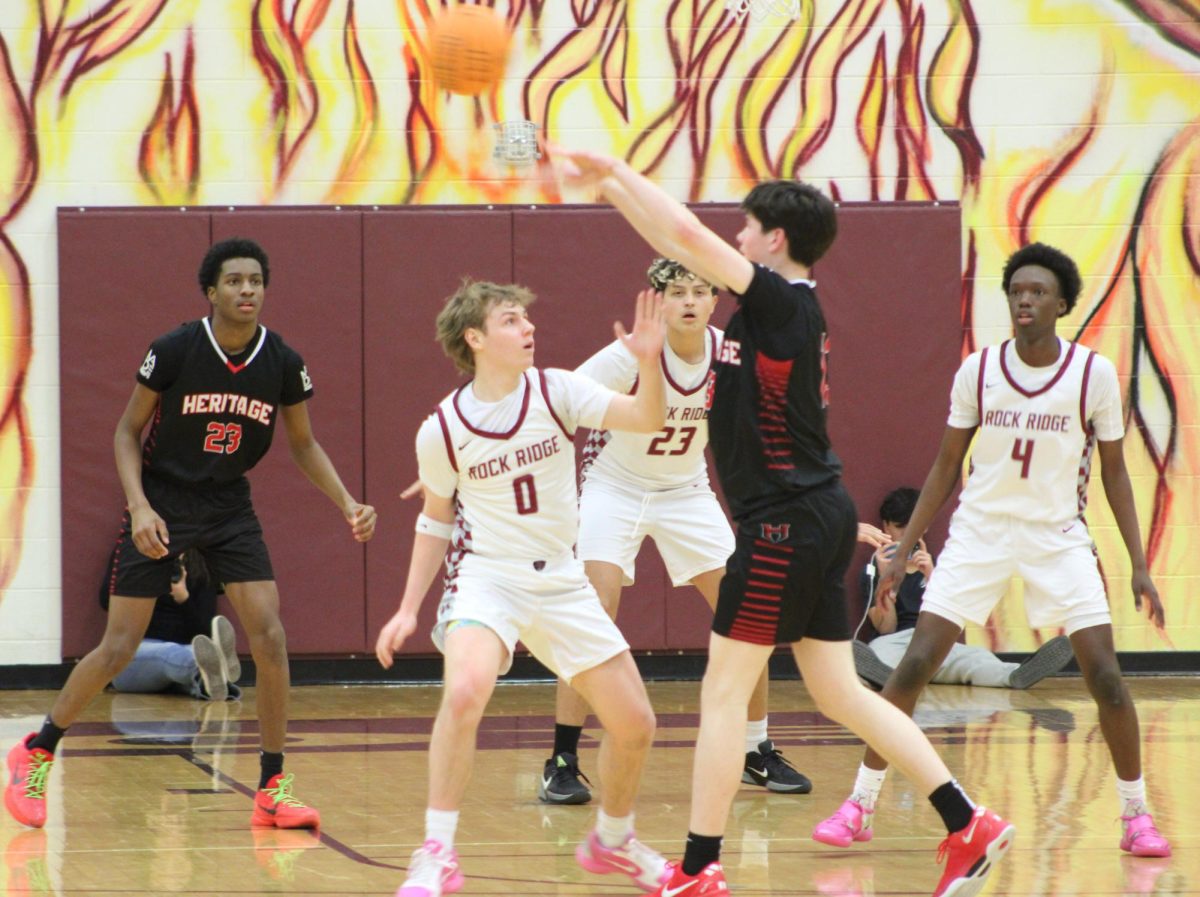
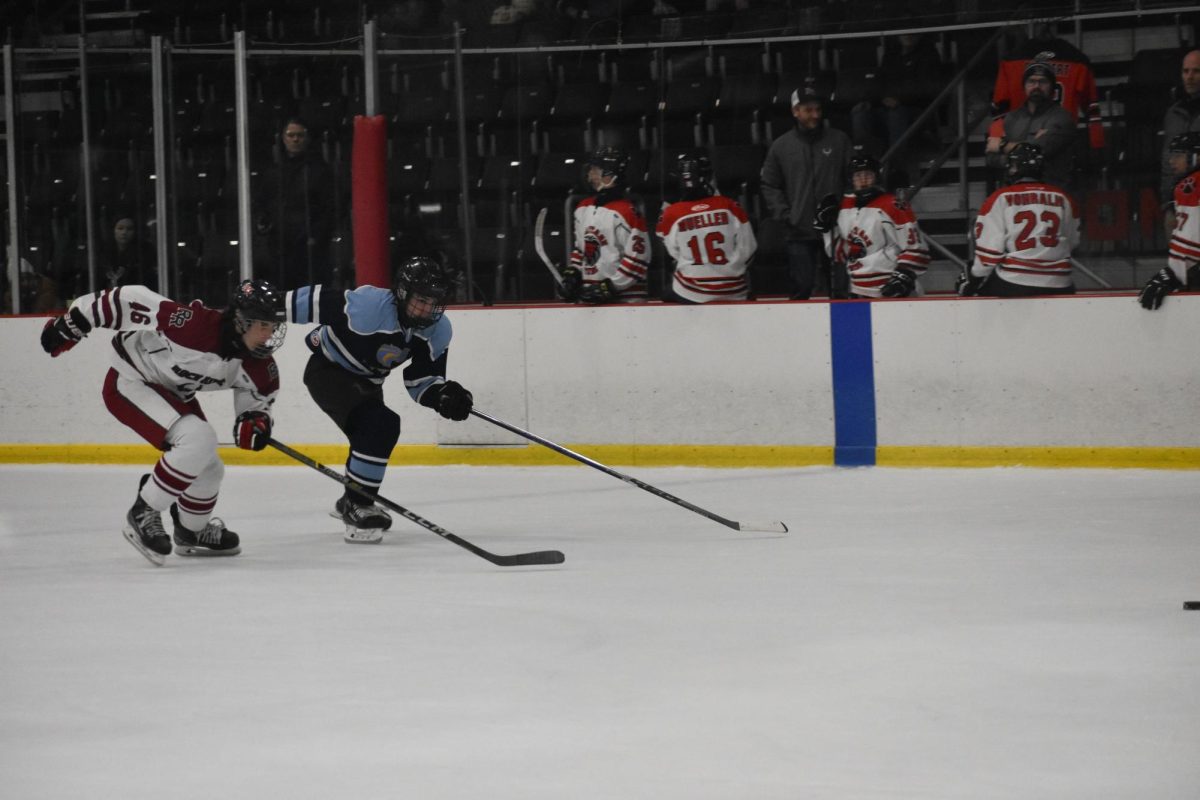
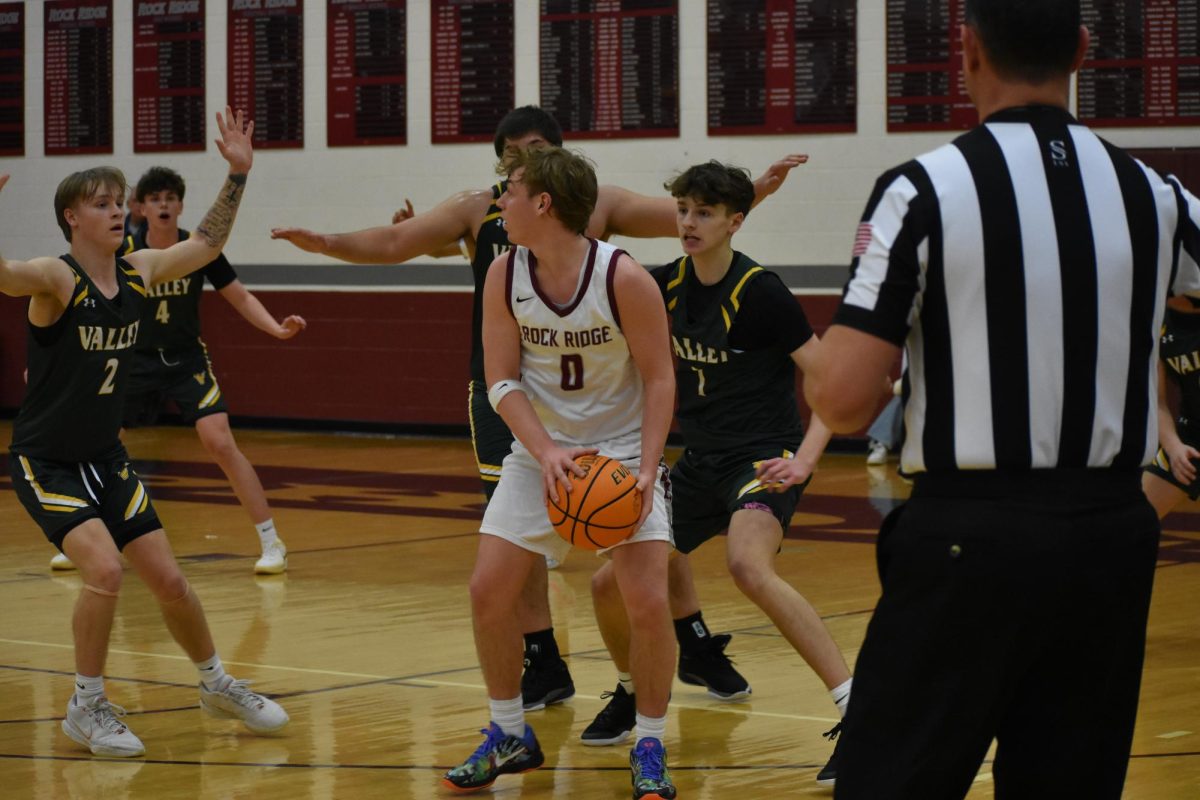
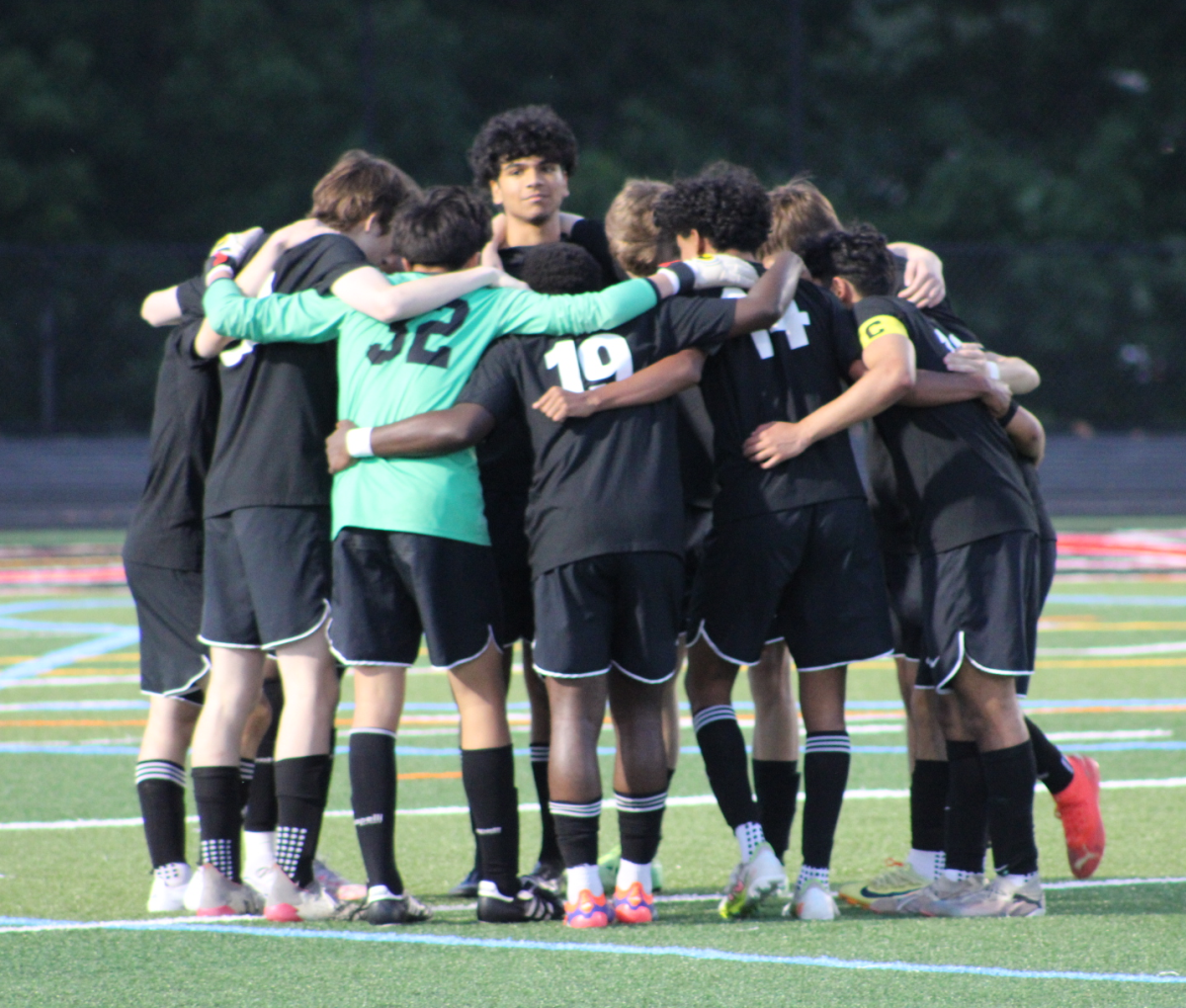
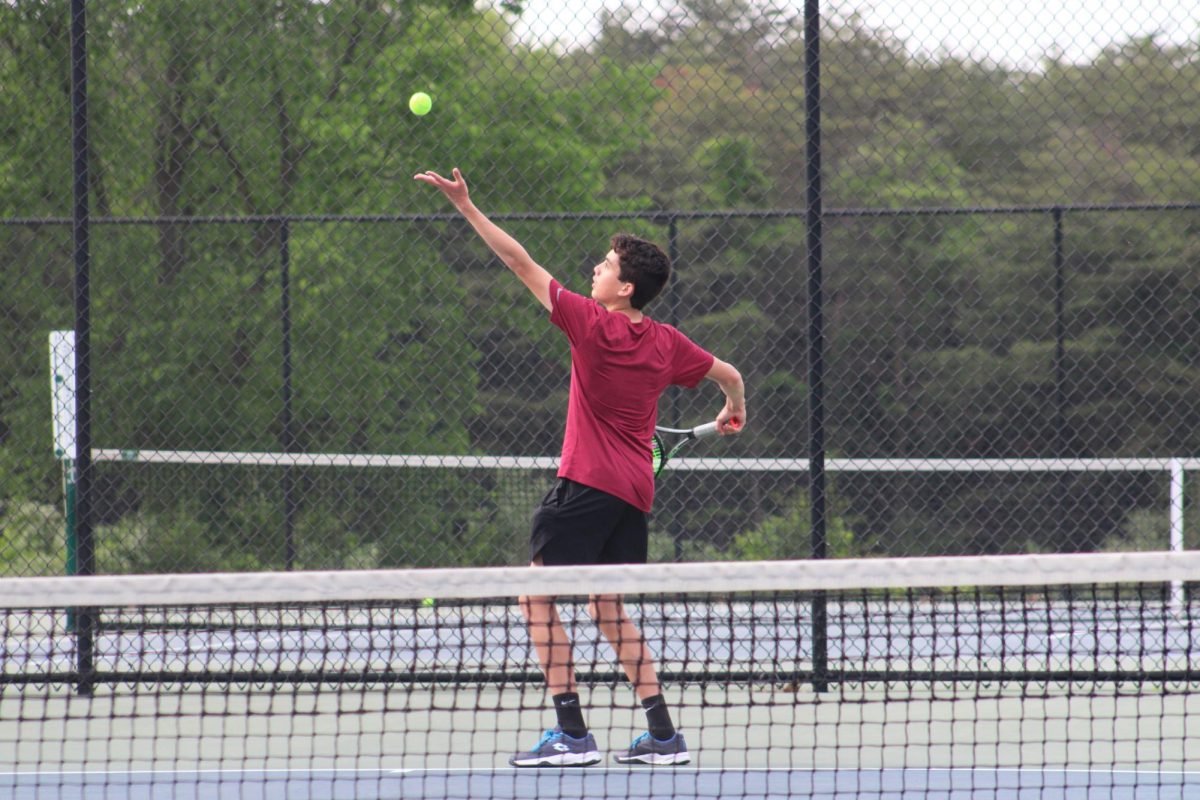
![Junior Alex Alkhal pitches the ball. “[I] just let it go and keep practicing so we can focus on our goal for the next game to get better as a team,” Alkhal said.](https://theblazerrhs.com/wp-content/uploads/2025/05/DSC_0013-1-1200x929.jpg)
